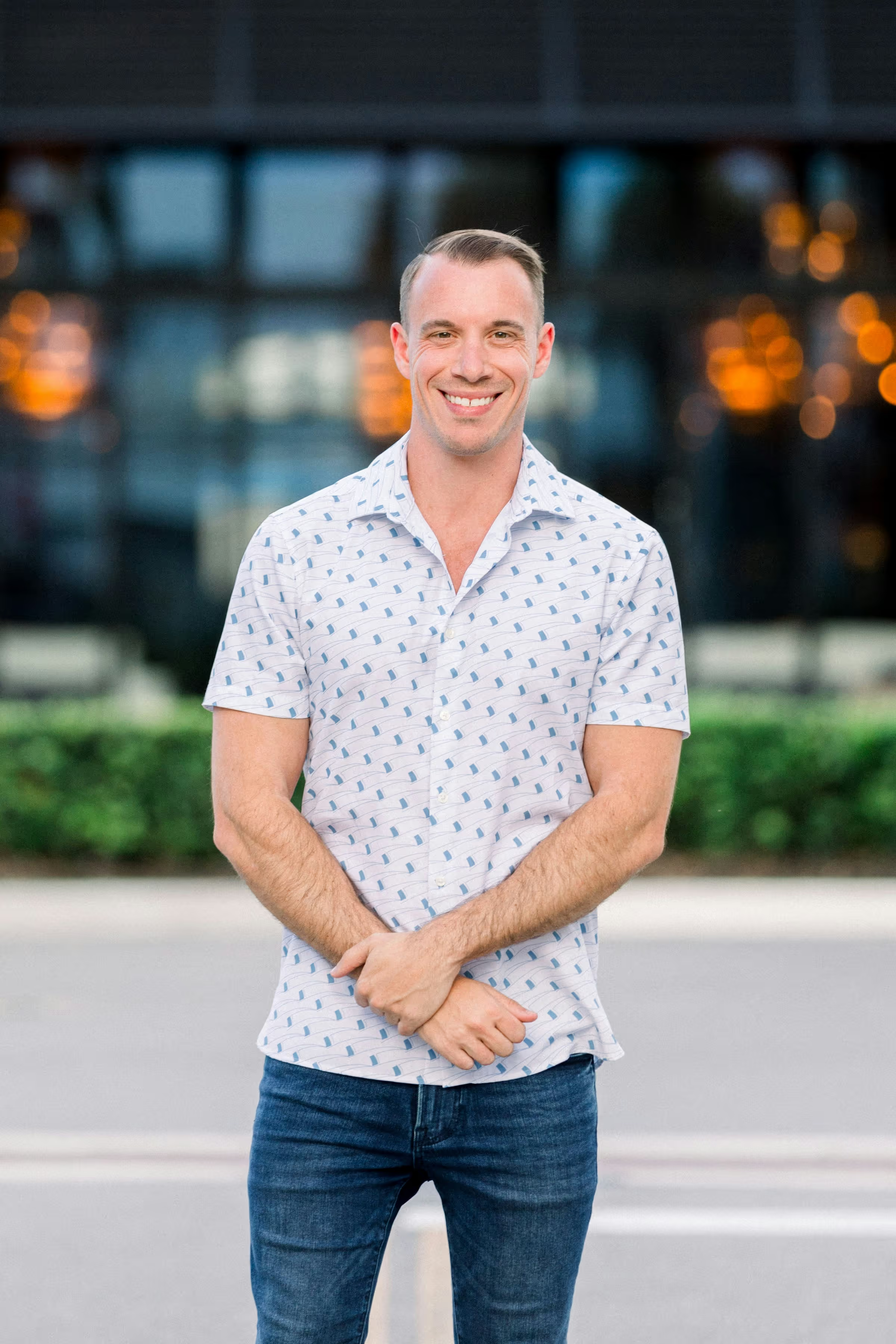Eskja keeps on expanding
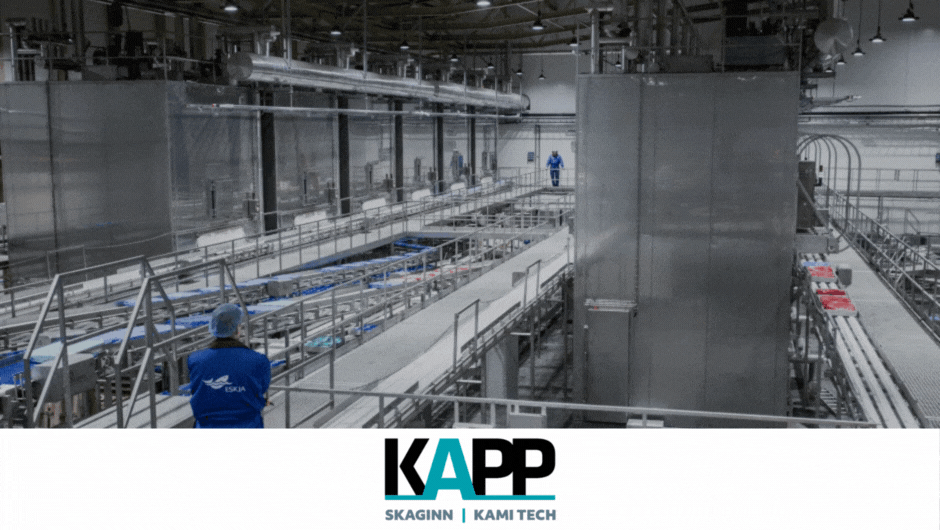
Iceland’s Eskja ramps up its impressive production capacity with the addition of two new automatic non-pressure non-pressure plate freezers from KAPP Skaginn
Smart processing plant
In 2016, KAPP Skaginn and Eskja built a state-of-the-art pelagic fish processing plant in Eskifjörður on the east coast of Iceland. The plant marked a significant move for Eskja from processing at sea to land-based operations. By making use of cutting-edge technologies and advanced automation, Eskja has been able to significantly increase its production capacity and product quality to further differentiate itself in the marketplace. The plant has proven to be an overwhelming success and has served as a showcase on how companies can upgrade their facilities with robotics and automation to achieve the data-driven smart processing of the future.
Full production capacity
Building on the companies’ successful collaboration, Eskja has now opted to add two more non-pressure plate freezers to their extensive range of equipment from KAPP Skaginn. This move allows the plant to finally reach its intended production capacity. KAPP Skaginn originally designed the plant with future expansions and improvements in mind, thereby ensuring that additions like these are not only possible but effortless and trouble-free.
The freezers will be installed and implemented into Eskja’s processing plant this December, increasing the total production capacity by over 100 tons every 24 hours before next year’s capelin season. The automatic non-pressure plate freezers use up to 40% less energy than conventional blast freezers and allow for automatic operation, infeed and outfeed. As an integral part of KAPP Skaginn’s turnkey solutions, these highly efficient freezers contribute to increased yield, better handling of raw materials and reduced drip loss.
KAPP Skaginn and Eskja march onwards
Always looking for opportunities to do better, shorten processing times and increase yield and product quality, the two companies have collaborated for years, fine-tuning machinery and processes with a data-driven and innovative mindset. This recent purchase by Eskja is only a stepping stone on the companies’ path towards a more efficient and profitable processing plant.
KAPP Stories
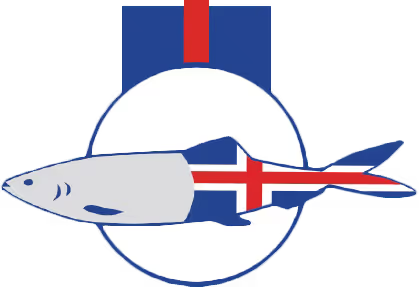
Iceland Fishing Expo 2025
The Iceland Fishing Expo 2025 will be held in Laugardalshöll from September 10th to 12th, 2025.
Over the past few years, the Icelandic fishing industry has experienced significant growth. Technological advancements have revolutionized fishing and processing, propelling the Icelandic fishing industry to the forefront.
We eagerly anticipate your presence at the Iceland Fishing Expo 2025 in Laugardalshöll.
KAPP will showcase its unique products at the event.
To be updated.
Website: https://icelandfishexpo.is/en/
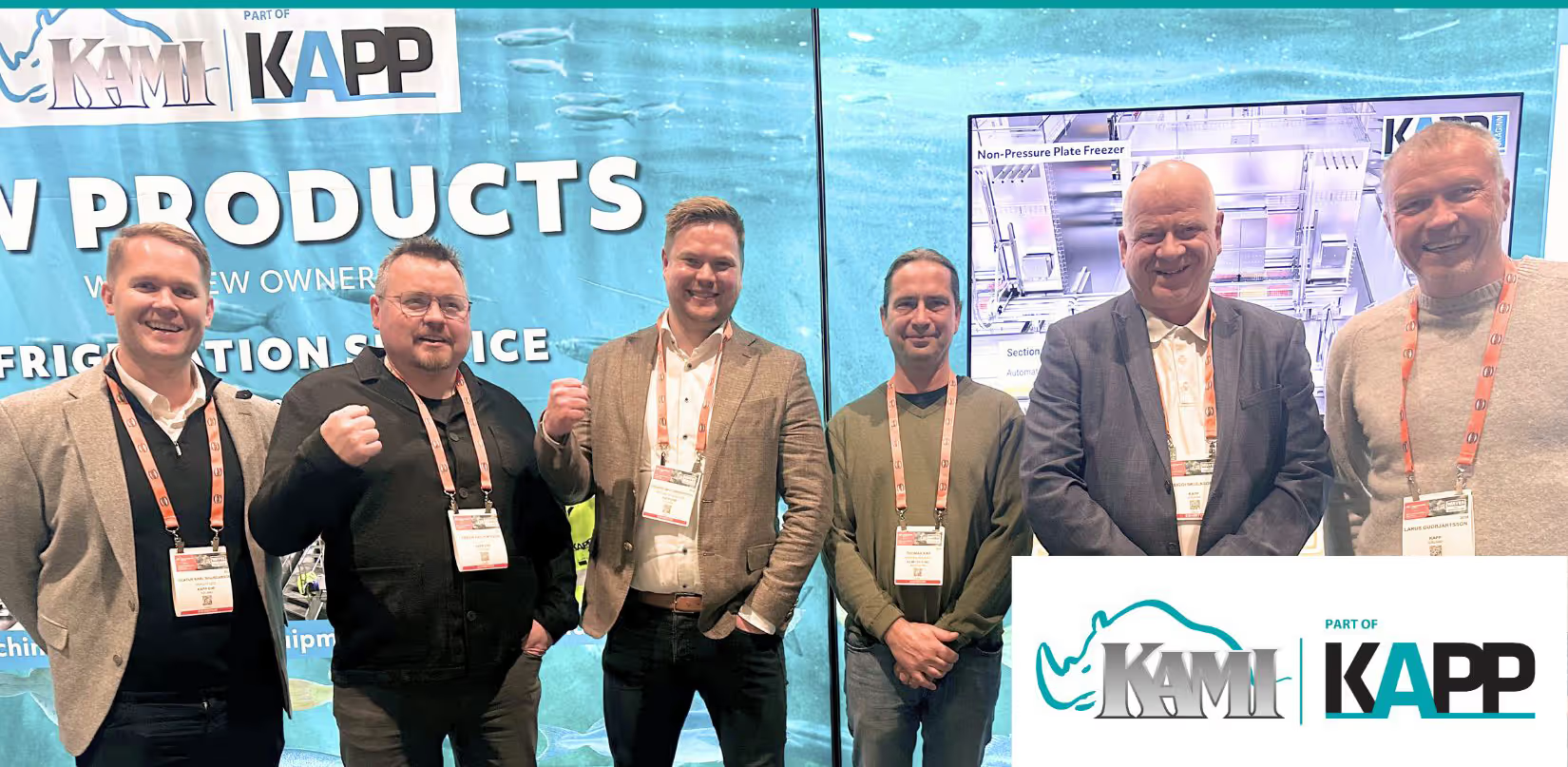
Pacific Marine Expo 2025
November 20-22, 2025 | Lumen Field Event Center | Seattle, WA
Learn how our combined expertise is delivering cutting-edge refrigeration and food processing solutions to the North American market. Together, we're setting new standards for efficiency and sustainability in the marine industry.
Booth: #639
Each year, thousands of commercial mariners from across the West Coast and Alaska gather in Seattle in search of the latest tech, gear, and education.
Expo features hundreds of exhibitors across diverse marine categories, a free three-day education program covering key industry topics, a dedicated Alaska Hall showcasing local products, and a variety of special events including happy hours, industry breakfasts, and networking dinners.
📍 Pacific Marine Expo
📅 November 20-22, 2025
📍 Lumen Field Event Center, Seattle, WA
Website: https://www.pacificmarineexpo.com/
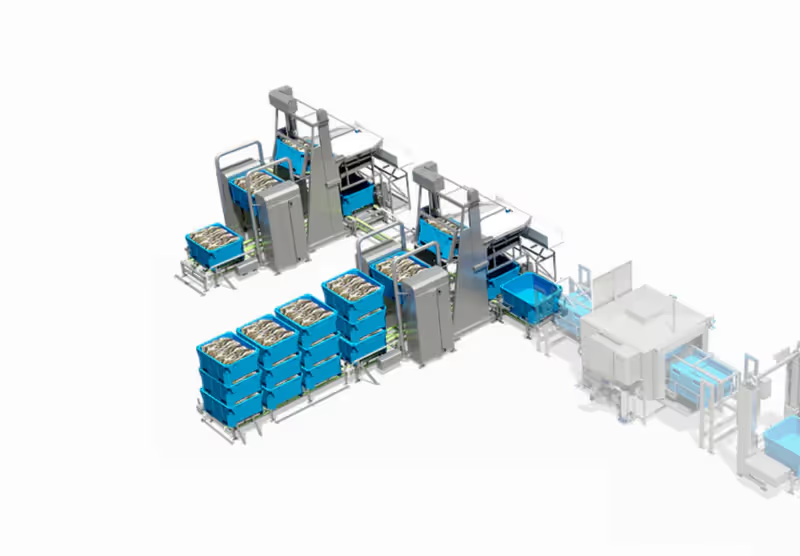
On October 22nd Jakob Valgeir ehf and KAPP Skaginn signed a contract for a new Tub Handling System and an IQF infeed system that will be installed at the company’s new fish processing plant in Bolungarvík. The construction of a new extension to the facility is expected to be completed at the beginning of 2021. The extension will increase the plant’s freezing capacity by 4 tons an hour.
Cooperation creates value in the fish processing industry
“It is very enjoyable when two companies from the same region work together on new developments in the Icelandic fishing industry,” says Ingvar Vilhjálmsson, Regional Sales Manager at KAPP Skaginn. “The Tub Handling System is designed to increase the automation and productivity of the plant and support good raw material handling.”
Increased automation for consumer packaging
The new processing facility will be connected to the older plant and the tub handling system will serve both. With new addition in housing and equipment, Jakob Valgeir is increasing its focus on packing products into consumer packaging and taking them directly to market.
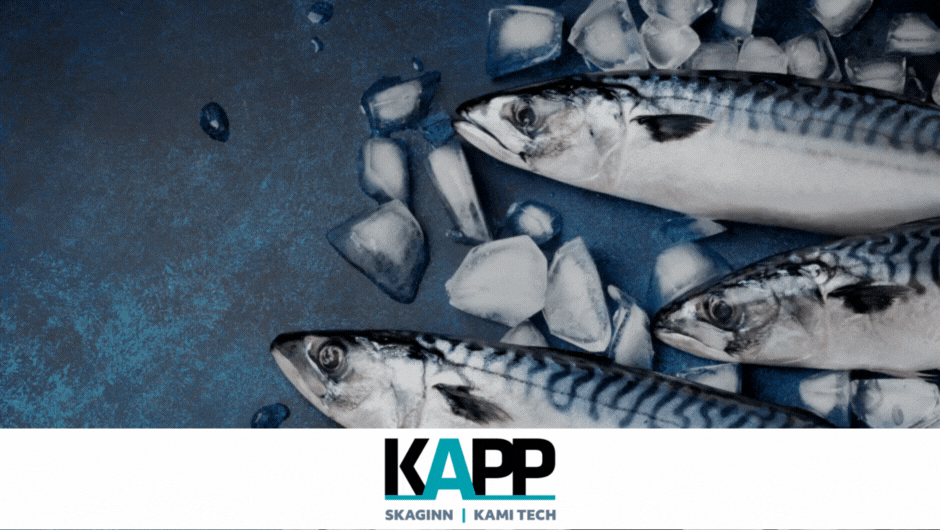
Icelandic Pelagic processor Loðnuvinnslan (LVF) has contracted KAPP Skaginn for a new pelagic processing system for their operation in Fáskrúðsfjörður, Iceland.
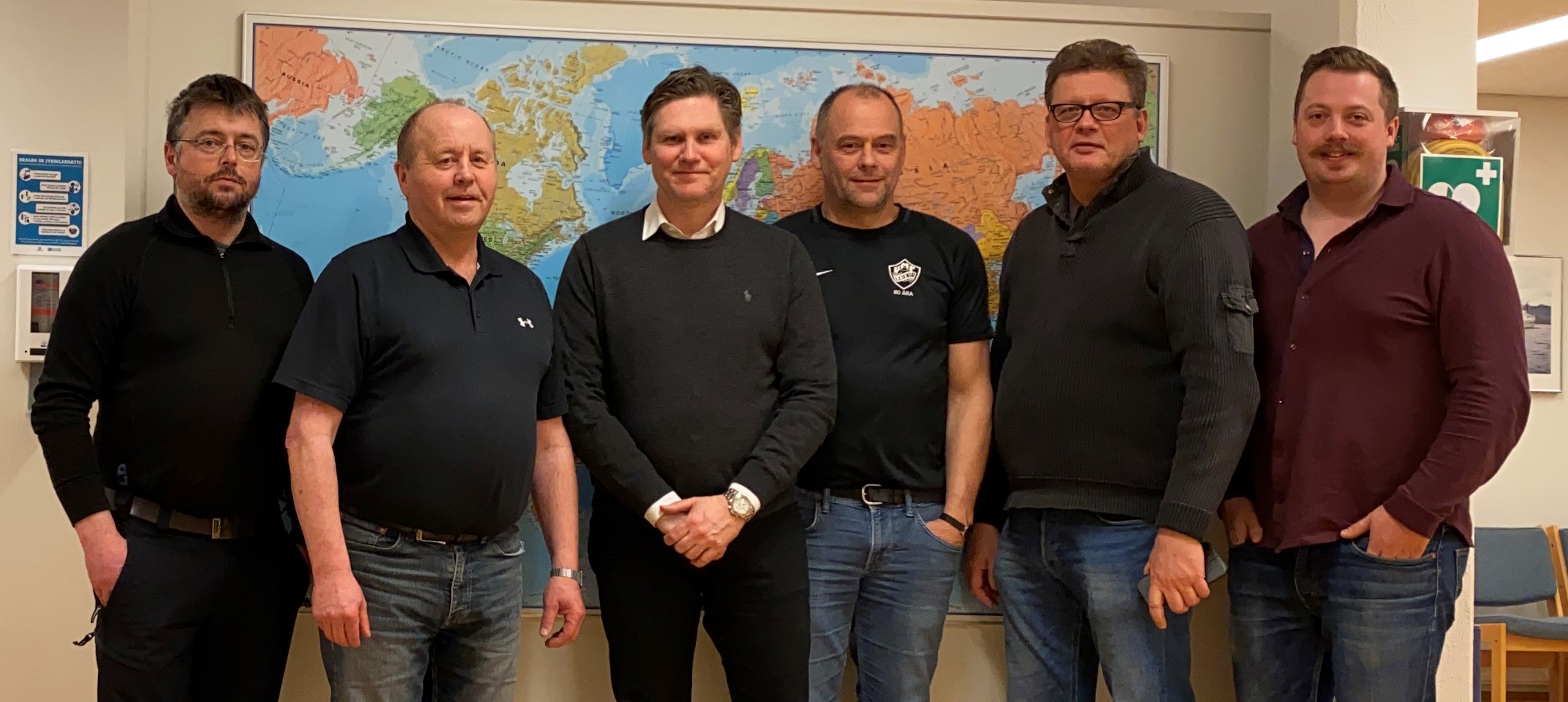
LVF has chosen KAPP Skaginn to supply a new pelagic processing system, designed to increase automation and processing capacity as well as improve yield and throughput. Their contract with KAPP Skaginn is for a system that will support a continuous production of high-quality pelagic fish at a capacity of up 400 tons per 24 hours.
The company operates a pelagic freezing plant in Fáskrúðsfjörður that specializes in processing capelin, herring and mackerel.
Timing is everything in pelagic processing.
Timing is everything in the pelagic processing business. The resource is seasonal and the operation depends on vulnerable external resources that need to be harnessed at the right time, with the right methods in order to gain maximum yield and quality of the finished product. In order to get the most out of the season LVF wanted to update their operation and have it ready for the next round as capelin and capelin roe is caught and processed between January and March, mackerel and Norwegian-Icelandic herring from July to October and of Icelandic herring from October till the end of the year.
Close cooperation.
“It’s very important to be able to work as closely with the supplier as we’ve been able to do in this project with KAPP Skaginn“, says Friðrik Már Guðmundsson, Managing Director of LVF. “Their expertise and our experience have resulted in the creation of a promising new solution for our entire pelagic factory. The upgrade will increase the automation of our operation and enable us to increase our production capacity,”
Upgrade to increase throughput.
KAPP Skaginn’s system is very efficient, built around a technology that has serves some of the largest pelagic processors in the world. The advanced automatic system includes a bagging system, high-tech plate freezers and automatic palletizing system, all of which will be integrated with existing equipment, including third party robots to create an efficient, high-throughput pelagic plant.
Experts in high-tech, turnkey pelagic plants.
As turnkey pelagic processing plants have been a staple of KAPP Skaginn‘s production for a long time, it did not take long for a trio of KAPP Skaginn pelagic processing experts to design the system on the spot. It took three men just under a month to scope, spec and implement a contract for this sophisticated, automated upgrade to the existing operation at LVF’s facility.
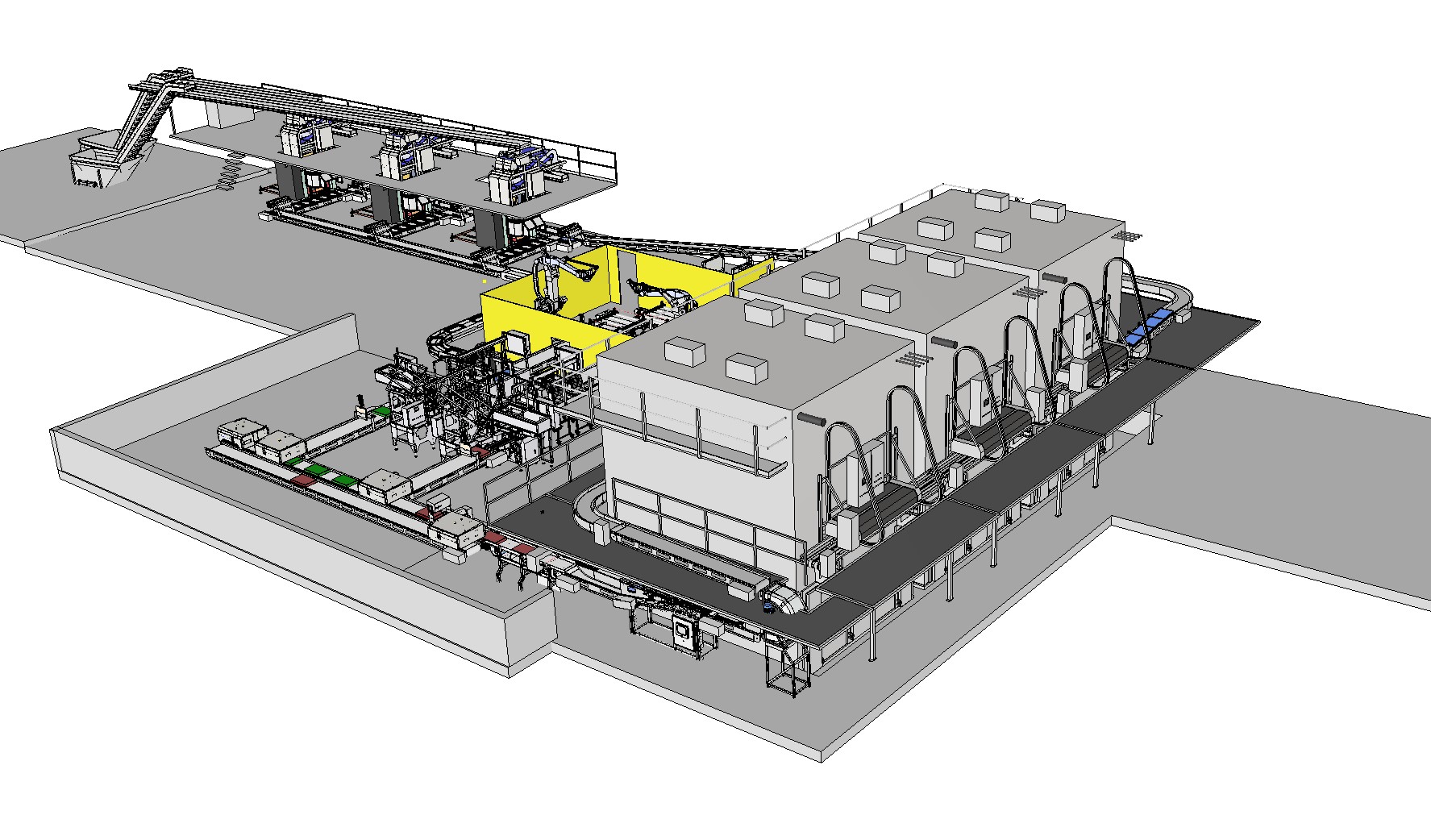
Working fast to meet the client’s needs.
“We handled this quickly and worked very closely with the customer. Our cooperation has been great from the start and it is a pleasure to be able to continue to work with LVF and expand our services to their operations,” says Ingvar Vilhjálmsson, Regional Sales Manager KAPP Skaginn. “The LVF team were very thorough in their preparation so it was easy for us to create a processing flow that meets their requirements in a relatively short time.”

Iceland’s Eskja ramps up its impressive production capacity with the addition of two new automatic non-pressure non-pressure plate freezers from KAPP Skaginn.
Smart processing plant
In 2016, KAPP Skaginn and Eskja built a state-of-the-art pelagic fish processing plant in Eskifjörður on the east coast of Iceland. The plant marked a significant move for Eskja from processing at sea to land-based operations. By making use of cutting-edge technologies and advanced automation, Eskja has been able to significantly increase its production capacity and product quality to further differentiate itself in the marketplace. The plant has proven to be an overwhelming success and has served as a showcase on how companies can upgrade their facilities with robotics and automation to achieve the data-driven smart processing of the future.
Full production capacity
Building on the companies’ successful collaboration, Eskja has now opted to add two more non-pressure plate freezers to their extensive range of equipment from KAPP Skaginn. This move allows the plant to finally reach its intended production capacity. KAPP Skaginn originally designed the plant with future expansions and improvements in mind, thereby ensuring that additions like these are not only possible but effortless and trouble-free.
The freezers will be installed and implemented into Eskja’s processing plant this December, increasing the total production capacity by over 100 tons every 24 hours before next year’s capelin season. The automatic non-pressure plate freezers use up to 40% less energy than conventional blast freezers and allow for automatic operation, infeed and outfeed. As an integral part of KAPP Skaginn’s turnkey solutions, these highly efficient freezers contribute to increased yield, better handling of raw materials and reduced drip loss.
KAPP Skaginn and Eskja march onwards
Always looking for opportunities to do better, shorten processing times and increase yield and product quality, the two companies have collaborated for years, fine-tuning machinery and processes with a data-driven and innovative mindset. This recent purchase by Eskja is only a stepping stone on the companies’ path towards a more efficient and profitable processing plant.
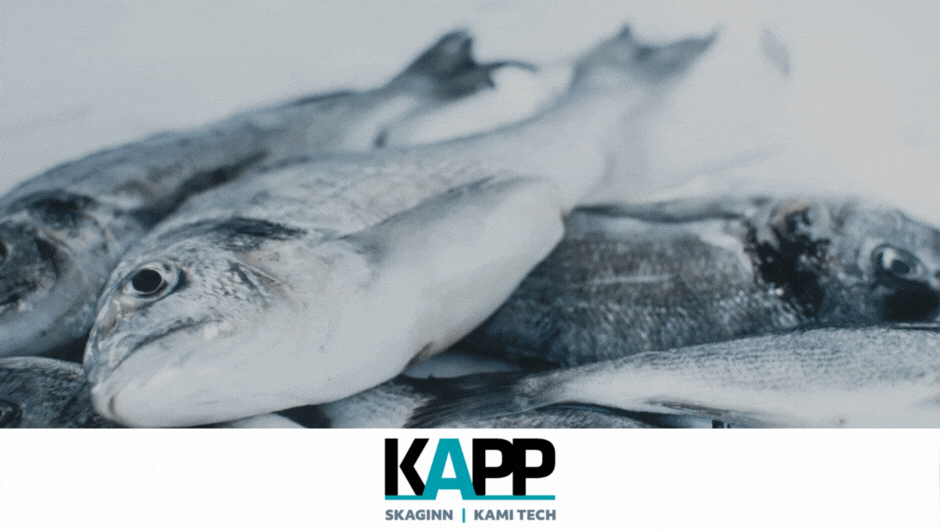
The first RoteX Thawing™ system to be delivered to the Benelux in 2022 is set to support quality refreshed product in a new market
KAPP Skaginn is proud to announce the first sale of its revolutionary RoteX Thawing™ system in Benelux. The deal was secured in close collaboration with Dutch food equipment supplier IB Food Machines, who facilitated the sale. Based out of Urk, Netherlands the company advises food processing companies worldwide on their production process. The innovative, patented thawing system is designed to deliver high quality re-freshed product that matches the quality of fresh.
Creating opportunities in new markets
“Closing this sale is a promising start for future cooperation between KAPP Skaginn and IB Food Machines in the area,” says Arnþór Halldórsson, Regional Sales Manager at KAPP Skaginn. “Changes in market conditions and fishing quota allocations over the last few years have resulted in increased demand for thawing systems that allow producers to source frozen product and defrost when fresh fish is not available. The challenge is to maintain freshness and quality and the RoteX Thawing system is designed to do just that. The RoteX Thawing system is filling a gap in the market, allowing customers to produce quality refreshed product that matches the quality of fresh.
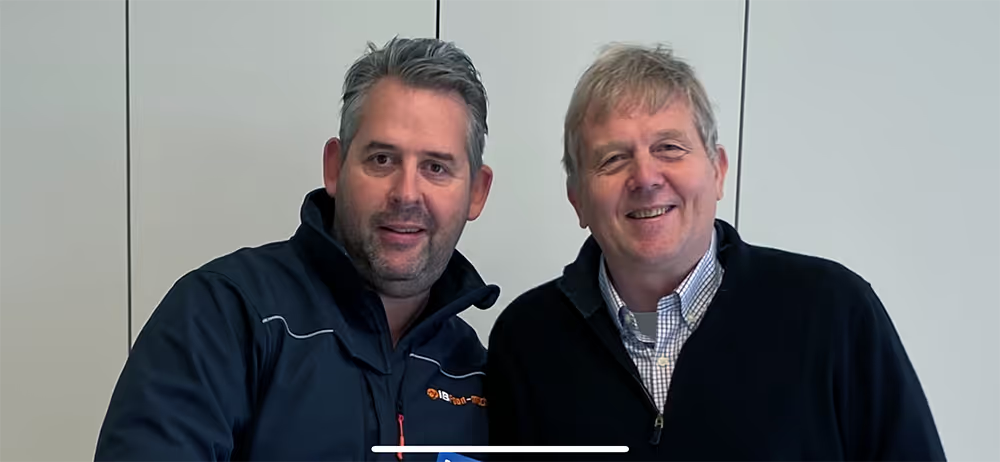
The best choice for thawing
IB Food Machines is an agent for equipment manufacturers in the Benelux, and supplies both used and new equipment. KAPP Skaginn is the latest addition to their portfolio. When IB Food Machines set out to find a best in class thawing system for its client, the RoteX Thawing™ system was the best tool for the job. The system will be able to defrost and equalize 2.500 to 4.000 kg of fish per hour depending on fish size and species, and will be delivered in early 2022. Uniform product temperature is achieved with inline thawing and cooling. The process is continuous, eliminating stagnant equalization and storage in tubs, vats or totes and thereby minimizing manual labor and saving time. The system will deliver optimal thawing and cooling before production, which will preserve the quality to match that of fresh fish.
Increased shelf life and better production yield for onshore and onboard processing
Utilizing a patented process, the RoteX Thawing™ system keeps the frozen product in constant motion for faster and more efficient thawing. Thawing and equalizing are performed in a continuous flow resulting in higher production yield and better shelf life on the refresh market.
Preventing drip loss, increasing yield, and saving on both water and labor, the RoteX Thawing™ system has become the favored thawing solution of producers around the world, and is available for both onshore and onboard applications.
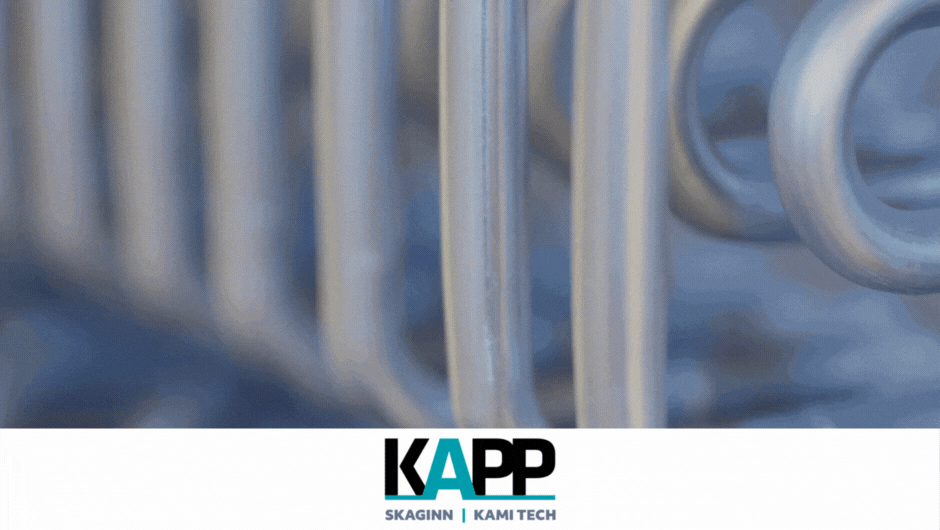
As Brazil’s food production industry continues to set records, demand for KAPP Skaginn’s unique IQF freezers in the country grows.
When thinking of Brazil, freezing temperatures are far from the first thing that comes to mind. Yet, as Brazil’s population grows, and its industry undergoes a rapid modernization, the need for reliable high-volume food production is on the rise. Leading fish, poultry and meat producers are now employing state-of-the-art IQF freezers from KAPP Skaginn to ensure consistency, yield and throughput in their facilities while reducing losses and retaining the value of their products.
Vertically integrated operations around the world
BRF S.A., one of the largest food companies in the world, now awaits delivery of a multi-lane IQF Tunnel Freezer to its poultry production facility in Dourados, Brazil. The freezer was fabricated by KAPP Skaginn in Akranes, Iceland and is now on its way across the Atlantic. The installation will be carried out by KAPP Skaginn’s agents in Brazil under Icelandic supervision early this November. BRF employs over 100.000 people in its facilities in Latin America, Europe, Asia and the Middle East, and has over 30 brands in its portfolio.
Technology that keeps getting better
KAPP Skaginn has supplied BRF with multiple IQF freezers over the years, with the largest purchase being three units with capacities ranging from three and a half to six tons per hour in 2015 for BRF’s operations in Toledo, Brazil. When KAPP Skaginn announced updated versions of the already well-established IQF Tunnel Freezers, BRF immediately reached out, eager to put the new multi-lane model through the paces.
The new freezer is equipped with three separate full freezing and crust freezing belts with a throughput of up to six tons per hour. With up to 40% faster crust freezing, KAPP Skaginn’s IQF Tunnel Freezer delivers top-quality output with a small footprint and high energy efficiency. A similar IQF tunnel freezer has also been delivered to BRF in Abu Dhabi where it awaits installation.
Fit for fish and poultry
BRF is not the only customer in Brazil that has been impressed with KAPP Skaginn’s freezing technology and equipment whose flexibility and output quality make it the best choice for a wide range of applications. C.Vale is a respected pork, poultry and tilapia producer in the Mato Grosso do Sul and Paraná region where aquaculture is a growing industry. C.Vale acquired its first KAPP Skaginn IQF Tunnel Freezer for its tilapia processing facility in 2018. Pleased with both product quality and operational stability, C.Vale has now taken delivery of two more IQF tunnel freezers, one each for poultry and fish and the freezers are set to be installed in late October this year.
Same core - different setups
KAPP Skaginn’s IQF Tunnel Freezing technology is suitable for a range of applications, from pelagic species, groundfish and salmon to poultry, meat and a variety of seafood. At their heart, the freezers are essentially the same. Differing mostly in infeed systems and the number of lanes, C.Vale’s new freezers both deliver a throughput of 4 tons per hour. Thanks to the easy customization of KAPP Skaginn freezers, each one has been designed to perfectly slot into C.Vale’s production lines. A double-lane configuration was chosen for tilapia while a triple-lane setup provides the best results for chicken production.
A robust and growing market
KAPP Skaginn has developed a close relationship of collaboration with its clients in Brazil through Mauro Tiecher of Tectru Skaginn 3X’s local partner. Deliveries and installations have gone smoothly and operations have exceeded expectations. KAPP Skaginn hopes to build upon this success and continue working closely with BRF and C.Vale on future projects in the region and around the world. Brazil has shown itself to be a robust and reliable market for KAPP Skaginn which knows how to keep the local favorites cool.
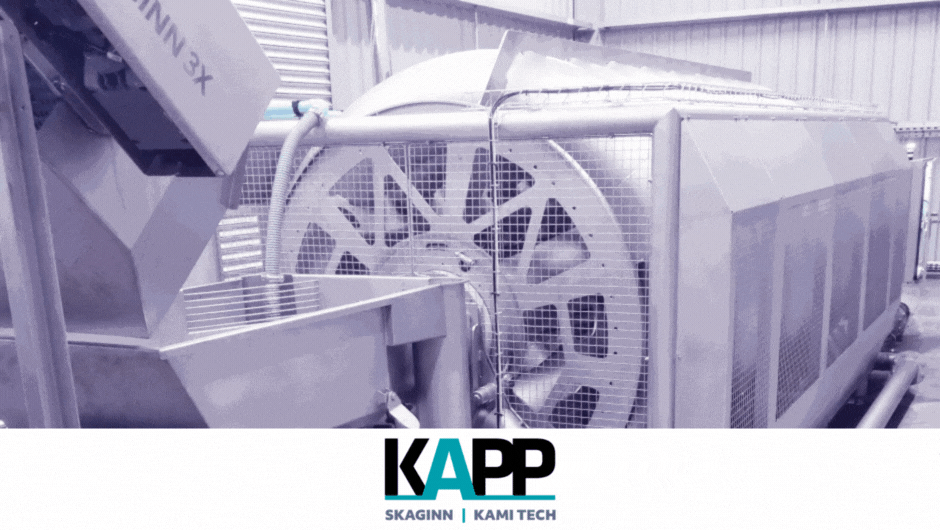
Denholm Seafoods’ new ValuePump system transfers pelagic catch a record distance from vessels to plant in Peterhead, Scotland.
This pelagic season in Scotland saw the first ever direct pumping transport of pelagic catch from ship to plant over a distance of 250 meters. Using KAPP Skaginn’s innovative ValuePump, Denholm Seafoods can now convey product gently through a closed, low-pressure pipe system with ice sludge directly from the ship into the production hall. Starting up in October 2021, the system is powered by KAPP Skaginn’s Value Pump and the accompanying pipe system that is connected directly to the delivering pelagic trawler.
A pump for positive effect
“We wanted to automate more of our processes and find a solution that would positively affect our production flow, quality and costs,” says Richard Duthie, Commercial Director of Denholm Seafoods. “Our efforts to streamline our operation and implement further sustainability measures by not using trucks for catch transport led us to working with KAPP Skaginn on this project.”
Maximizing yield, quality and throughput
Denholm Seafoods operates three modern purpose-built quayside plants in Peterhead, Scotland, which process herring, mackerel, horse mackerel and blue whiting. Different trawlers supply Denholm Seafoods with the raw material, each with their own type of delivery system that can be connected to the ValuePump transfer line at the dock. The new method not only keeps costs down, eliminating truck traffic between trawler and factory, but also maintains a regulated, steady flow of raw material into production that maximizes yield, quality and throughput.
A groundbreaking solution for catch transport
“No one has used this method before over this distance. We decided to go for it and chose KAPP Skaginn as our partner,” says Wayne Summers, Engineering Manager at Denholm Seafoods. “We’ve had a long-standing relationship with them and we knew what they could do. With them and our inhouse experts we developed a groundbreaking solution for catch transport that helps us enhance our operation and keep our quality levels where we want them.”
Pumps 60 tons of fish over 250 meters
Located in a new reception house on the quay, the system is made up of stainless-steel pipelines, a reception tank with conveyors and the automatic ValuePump that transfers 60 tons of pelagic fish per hour over a distance of 250 meters. “The screw pump method treats the raw material well, maintaining the quality of the catch through the process,” says Duncan Yule, Engineering Manager at Denholm who participated in the development of the project. “Our flow control is now a stepless process making it easy to adjust the capacity and throughput to what we need for production.”
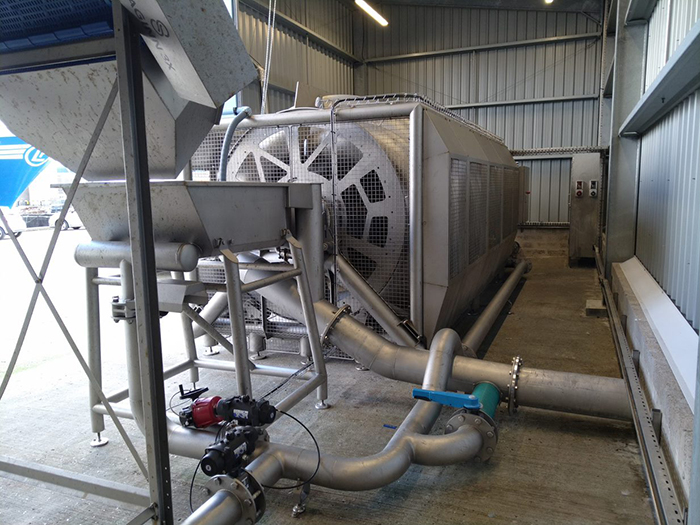
Energy saving method supports sustainability
The ValuePump process creates substantial energy savings both in terms of the operational costs of the system itself — the ValuePump’s energy consumption is far less than that of conventional pumps — and in terms of eliminating traffic on the docks and the accompanying fuel consumption. “We have strict quality control standards that are designed to deliver quicker turnaround for our customers and keep our products sustainable,” says Duthie. “This latest addition to Denholm Seafoods operation is yet another step in lowering our carbon footprint.”
Better flow control, better temperature control
The new system delivers product optimized for further processing in a steady, regular flow, from vessel to factory. “There is a steady flow of fish in fluid ice from the pump into the plant without any pulse or variations,” explains Johannes Weber, Mechanical Design Engineer at KAPP Skaginn, who oversaw the installation at Denholm. “With a continuous pace and a well-regulated, steady temperature, Denholm now has a consistent automatic supply of quality raw material coming in for further processing.”
Gentle product handling maintains quality
During the Mackerel season, Denholm Seafood has seen the Value Pump deliver high quantities of raw material at a steady pace over longer distances than possible before. The gentle propelling principle of the ValuePump treats the raw material gently and along with the cooling capacity of the fluid ice, maintains the quality and value of the fish in the pipeline. “The ability to further cool the product in the system has proven to be very beneficial,” explains commercial director Duthie. “As a matter of fact, our Japanese buyers have commented on the better quality of our product after we installed the ValuePump.” Better quality is also gained by preventing product from being exposed to external stressors in the transfer process.
Collaborative effort key to success
"We started this development project after seeing trials in Iceland. When we saw the potential of the prototype there was no turning back. We had to have it,” says Duthie. “Our collaboration with KAPP Skaginn has gone really well and their hands-on approach has delivered the result we wanted. It has all worked out well, the system exceeded our expectations and the project has been successful."
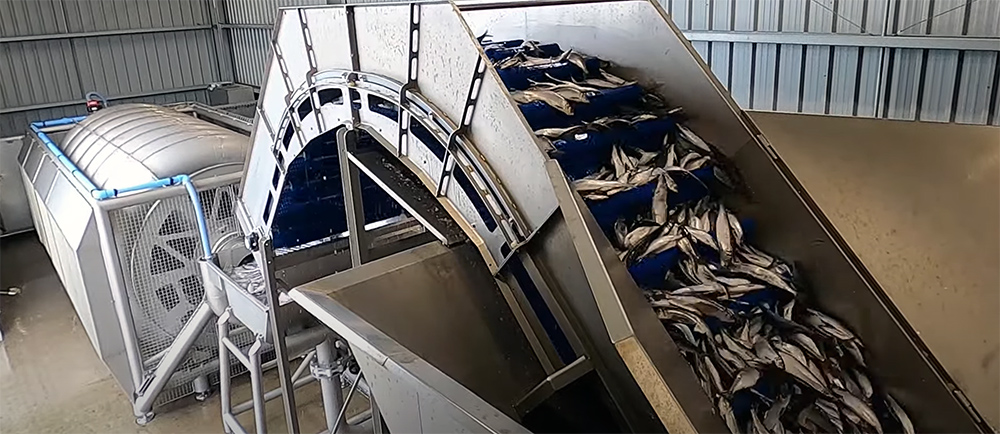
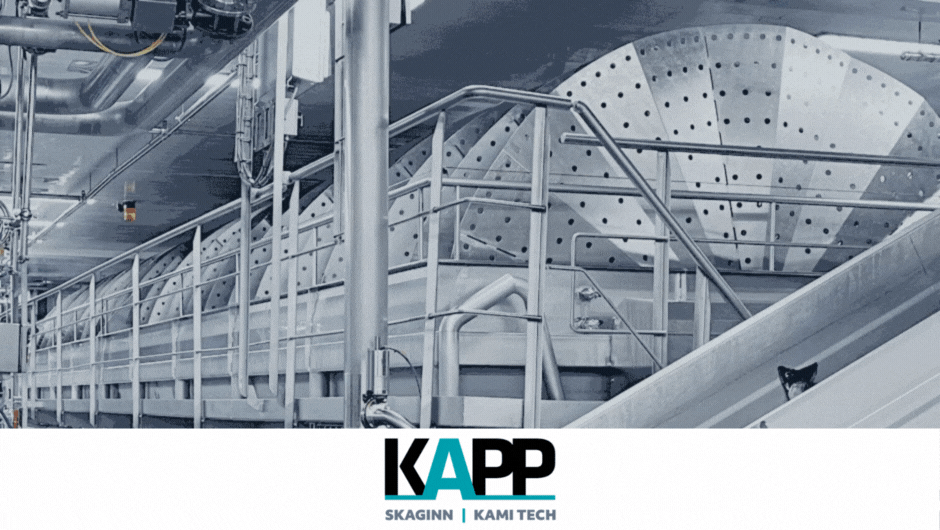
Mowy’s factory manager dubs the RoteX Sub-chilling system the Rolex of cooling in an interview with iLaks.no
Mowi, the world’s largest producer of Atlantic salmon, decided to invest in the innovative and iceless SUB-CHILLING™ system from KAPP Skaginn in May 2020. Less than a year later the system was up and running in Mowi’s facility in Herøy, Norway. The facility is the largest salmon slaughterhouse to date that uses the patented cooling technology to deliver quality, freshness, and sustainability to its customers around the globe.
Making headlines
iLaks.no, Norway’s most read aquaculture-news site recently did a feature on Mowi’s new SUB-CHILLING™ system, where factory manager Gunnar Hamarsland declared his satisfaction with the system, describing the results as fantastic: “To put it metaphorically, the tank is a RoteX, but I have named it the Rolex,” he said to journalist Steve Hernes.
Iceless sub-zero chilling with a 100 cubic meter RoteX tank
The heart of the SUB-CHILLING™ system at Mowi’s facility is a 100 cubic meter RoteX tank designed to keep fish chilled, ice-free and fresh for longer without freezing the product. Utilizing saltwater that doesn’t freeze at 0° the system turns the fish itself into the cooling refrigerant. The fish stays cool for longer without the need for ice, maintaining better product quality and extending shelf life by up to 7 days.
Shipping more products in each trailer
The lack of ice not only contributes to improved product quality but also plays an important role in improving the sustainability of large and small operations and delivering significant savings in shipping. iLaks.no reports that the weight of ice in a single semi-trailer can be up to 4 to 5 tons. By removing the need for ice more products can be shipped for the same price.
Scaling success to reach 100% of production
So far, Mowi has delivered over 100 tons of fish using far less ice than before to customers in Europe and Asia as part of the system’s testing phase: “Our goal is to do this on a much larger scale. So far, we have run this as separate orders, where we do our tests and measurements here, while the customer reports the status of the fish on arrival,” said production manager Tom Leirvik to iLaks.no, noting that so far the feedback they have received has been very positive. “The experiments we have done since March have confirmed the theory itself, that it is fully possible [to ship fresh fish without ice]. We intend to run this on 100% of our production,” added Hamarsland.
Up and running after 3 weeks
The installation took around three weeks to complete and included extensive upgrades and improvements to existing systems at the facility. A system for mixing salt and water was installed with 700 meters of stainless-steel pipes and 125 remote-controlled valves. “We worked hard for three weeks to get the system up and running. This was an important milestone for us since Mowi is a large and forward-looking company seeking to reduce their carbon footprint and optimize their operations along the way, using our SUB-CHILLING™ technology,” explains Magni Veturliðason, General Manager of KAPP Skaginn AS, Norway.
Better quality with faster ROI
KAPP Skaginn’s SUB-CHILLING™ system is suitable for a range of applications both onboard and on-land and can be configured for a wide variety of species. Tried and tested by whitefish and salmon producers in Iceland and Norway, the system has proven to deliver quality, freshness, and a high return on investment. As the seafood industry in general and salmon in particular, continue to grow in the coming decades, SUB-CHILLING™ is set to play an important role in reducing transport costs, improving shelf life and preserving quality and leading the way to a more sustainable industry.
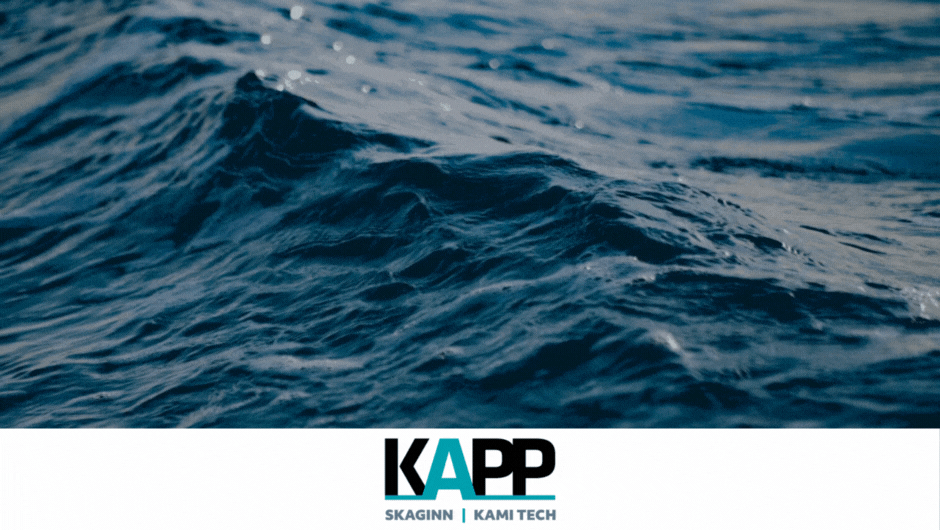
KAPP Skaginn installs a brand-new production deck built around the RoteXTM chilling and bleeding system that delivers superior raw material quality.
A fully equipped new processing deck aboard former longliner, now Danish seine trawler, Valdimar H marks the latest success in the well-established relationship between Norway’s Eskøy AS and KAPP Skaginn. As part of a complete rebuild of the ship, the turnkey onboard factory features a RoteX bleeding and chilling system for immediate processing, along with a full gutting, by-catch and heading line from KAPP Skaginn. As a longstanding supplier to Ice Fresh Seafood, Eskøy is committed to full traceability, sustainability and maximum raw material utilization. With this installation completed in December 2021, Valdimar H is about to set sail and deliver the high-quality product Eskøy set out to achieve.
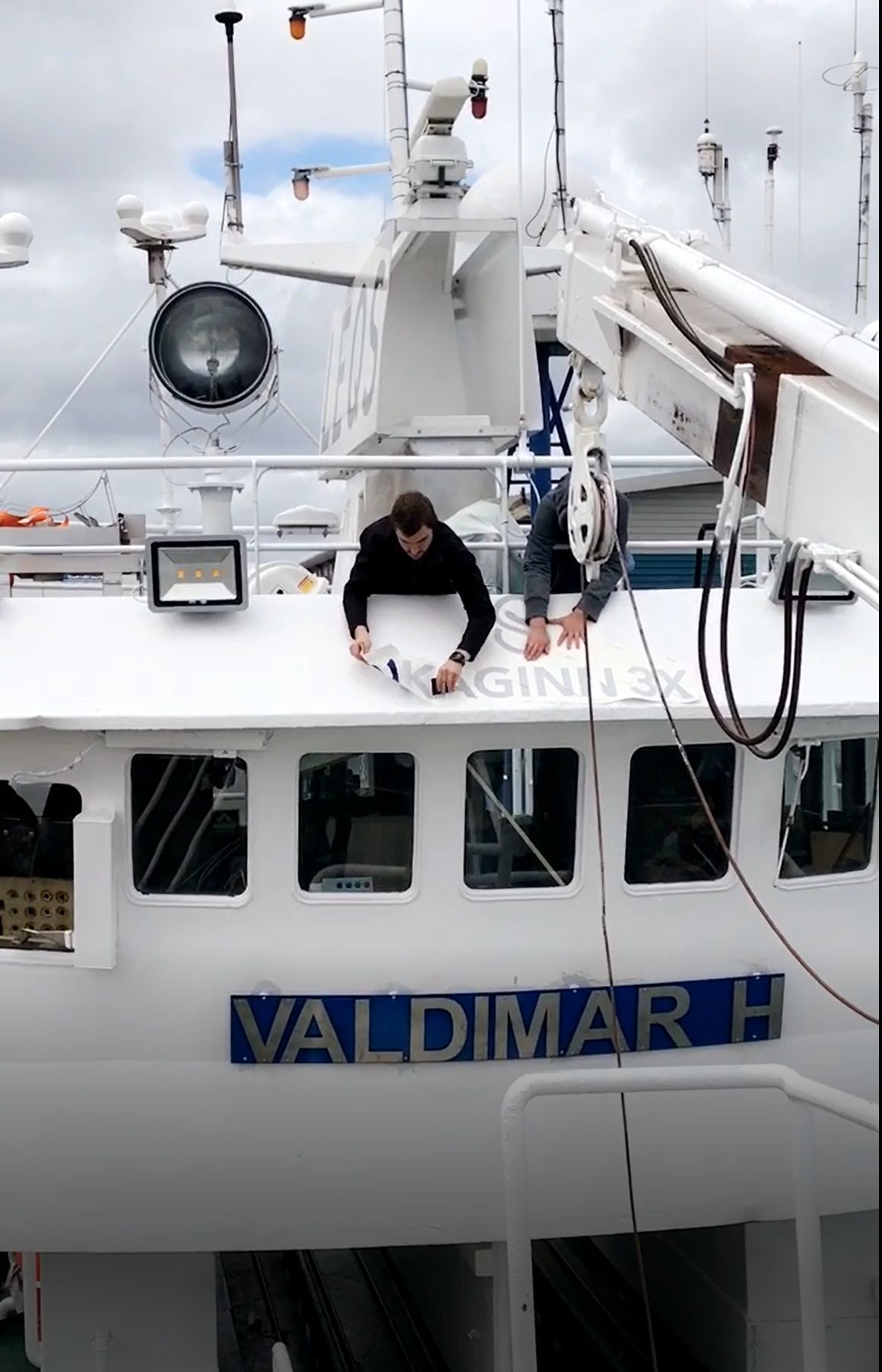
Building on 13 years of success
“We chose KAPP Skaginn because of their tried and tested systems, which we have used onboard our ships since 2009,” says Hrafn Sigvaldason, CEO at Eskøy AS. “Any project involving KAPP Skaginn has stood the test of time and the service has been outstanding.” For over a decade, Eskøy and KAPP Skaginn have thus continued to foster their relationship, which is rooted in a shared vision: Providing customers and consumers with high-quality sustainable products while ensuring maximum efficiency and superior product handling.
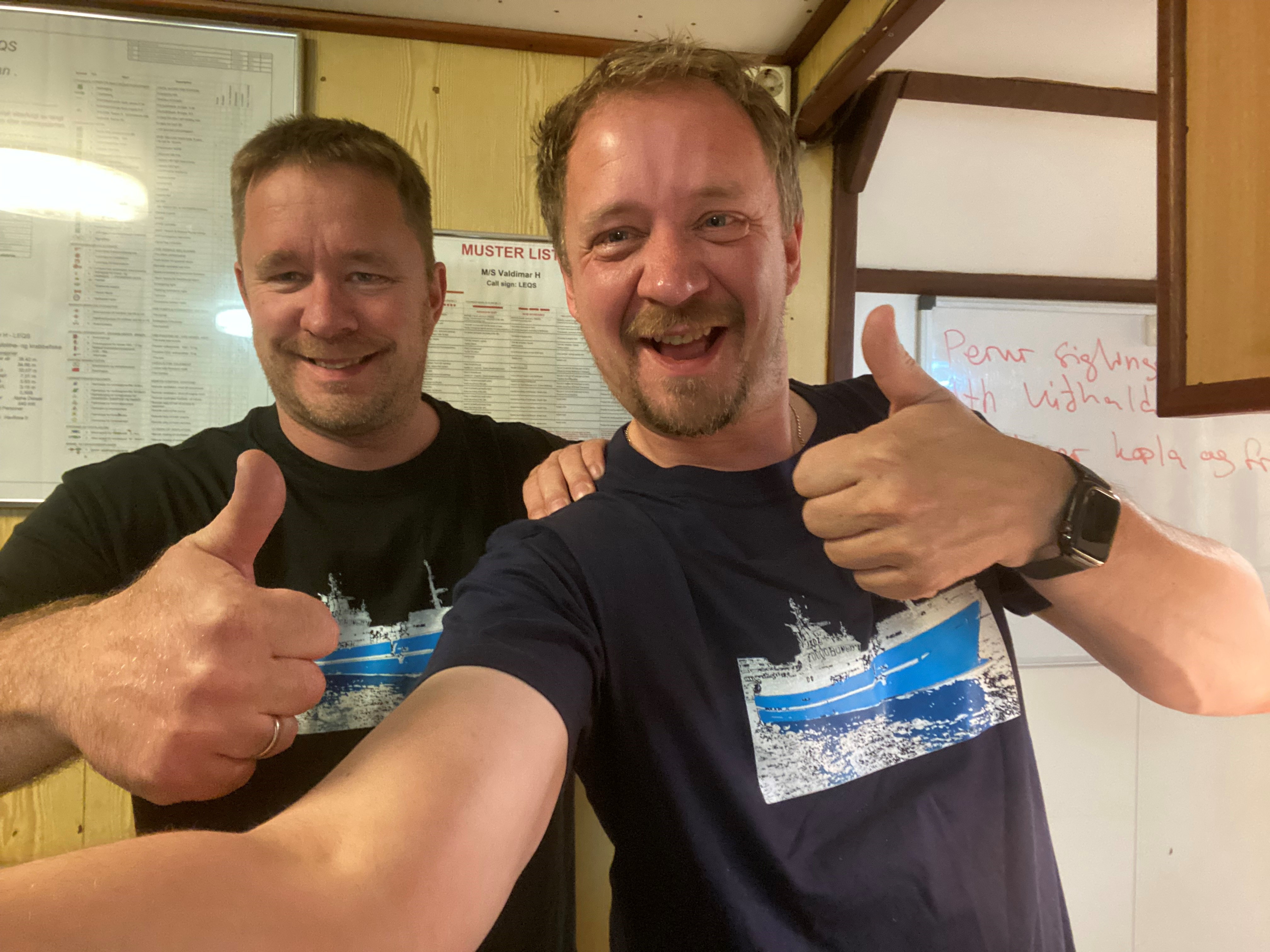
Full control over bleeding and chilling
The heart of the production deck is the highly popular RoteX Onboard bleeding and chilling solution. The high-capacity system provides complete control of the process with integrated software for time and temperature management. This guarantees that every single fish receives exactly the same level of treatment so that excellent fillet quality can be achieved.
Better handling, faster processing
“What we are looking to achieve with this investment is fast and effective bleeding and chilling of the catch, along with an excellent production flow without having to drop or lift the fish,” says Hrafn Sigvaldason. “This solution thus provides much better handling while allowing us to process the fish faster, something that will pay dividends down the line.”
High throughput and efficient by-catch handling
Once the catch has been bled and chilled in the RoteX, it enters the production line where the primary catch of cod and haddock is sent on to gutting and heading before entering the hold. By-catch is kept chilled in tubs and processed later, allowing for flexibility and prioritization in production.
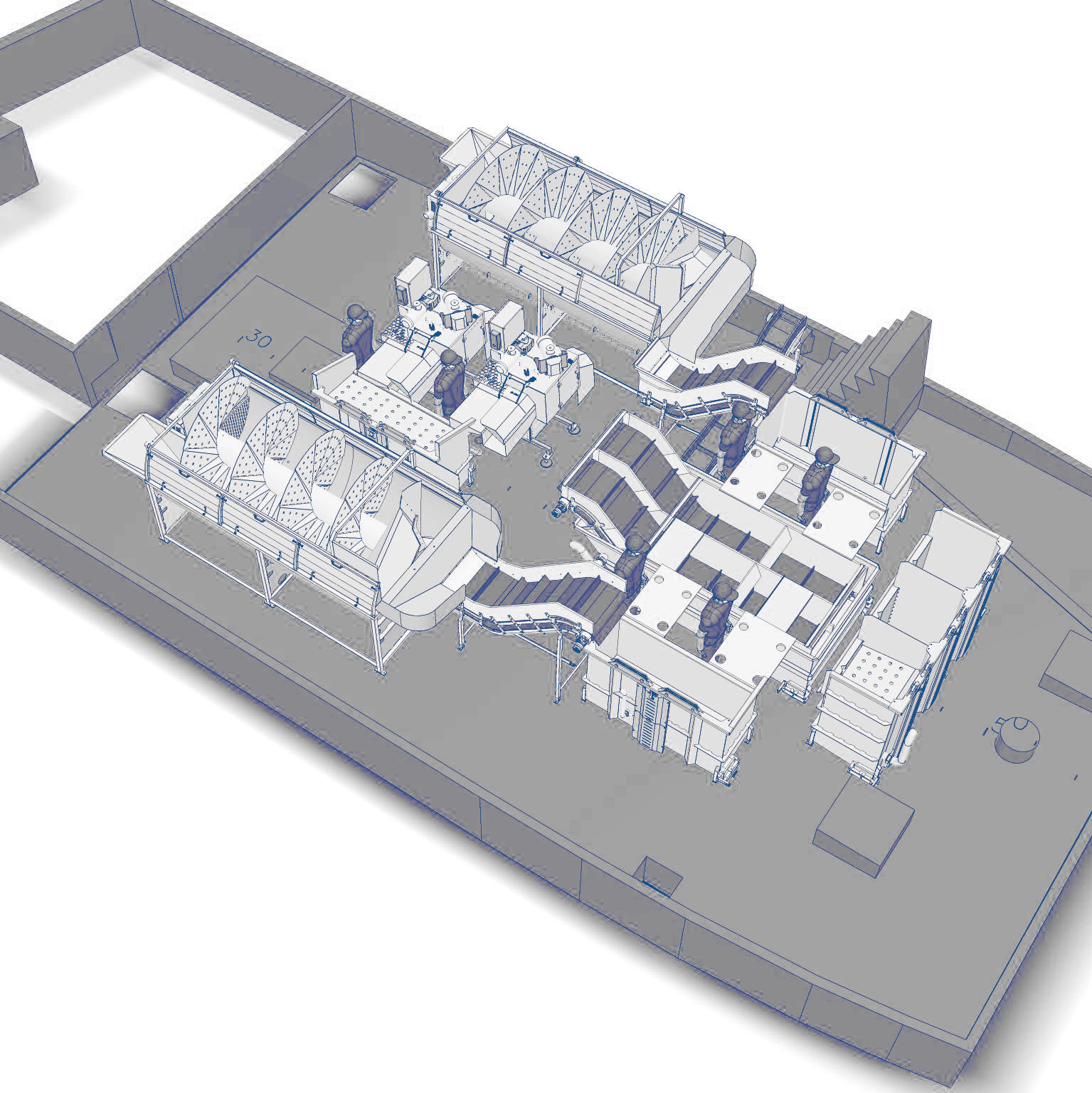
Better quality, longer shelf life with Sub-Chilling
Research has shown that rapid chilling during the initial stages of processing results in an extended rigor mortis period that increases the overall quality and shelf life of the product. Longer and consistent shelf life creates favorable opportunities in logistics as well as considerable savings, something KAPP Skaginn has sought to capitalize on in its design. Eskøy’s new production deck was planned with expansion in mind. Down the line, the RoteX system can be fitted with KAPP Skaginn’s Sub-Chilling technology, which can further improve the quality and handling of the catch. For Eskøy this is a key factor in expanding their business in the future.
Precision automation and quality control
Ragnar A. Guðmundsson, Director of Sales Operations in Scandinavia and Europe at KAPP Skaginn considers this project as yet another success. “Working with Eskøy for the last decade has been a pleasure. Hrafn and I share the background of growing up in a small fishing village and being around fishing and fish processing our whole lives. We have been able to build upon this to communicate clearly and collaborate on numerous projects with remarkable results. They have sought us out for the precision automation and quality control that we pack into a small footprint for our onboard equipment and the service we have delivered,” explains Ragnar.
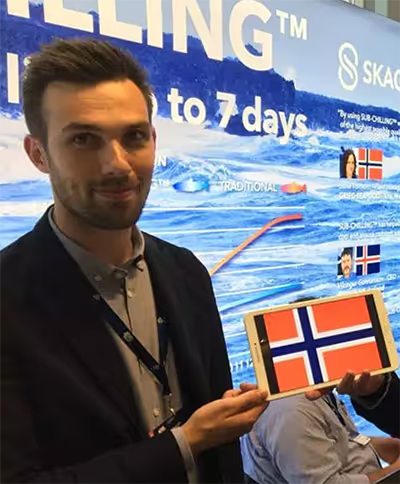
Sub-Chilling for Noruega in the North Sea
“As more producers set their sights on shorter production time and superior catch handling, we have seen our onboard operations grow significantly with several successful projects installed, planned and underway,” says Ragnar. “Another exciting project in Scandinavia at the moment is Noruega’s trawler Havfjord, which is being built at the Karstensens Shipyard in Skagen, Denmark. We are supplying them with a Sub-Chilling system that will keep the North Sea catch as fresh as can be and guarantee the absolute best results.”
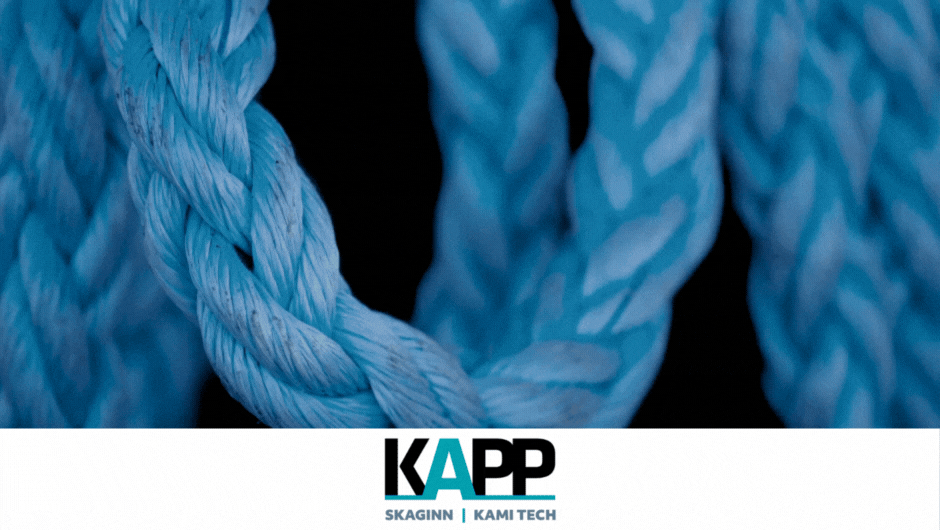
Icelandic family run fish processor Fiskkaup has signed a contract with KAPP Skaginn to install an onboard processing deck for their new vessel Kristrún RE-177. The new facility is designed to process high-quality frozen Greenland halibut. The two companies have had a long-standing relationship. KAPP Skaginn supplied Fiskkaup’s previous onboard system as well as equipment for their modern processing facility in Reykjavík.
Sustainable system for onboard halibut processing
The new production system from KAPP Skaginn is designed with efficiency, quality raw material handling and sustainability in mind. Committed to responsible fishing in harmony with the environment, Fiskkaup has a Marine Stewardship Council (MSC) certification as a sustainable fishery and is a part of the Iceland Responsible Fisheries consortium. KAPP Skaginn developed an innovative and flexible processing deck in line with the company’s sustainability principles, emphasizing maximum raw material utilization, freshness and quality.
Back for more based on durability and reliability
“Our facilities are all first-class, and the newest technology is used to ensure constant quality all year round,” explains Ásbjörn Jónsson, CEO of Fiskkaup. “KAPP Skaginn outfitted our previous vessel with an onboard system in 2012 that has operated seamlessly ever since. The reliability and efficiency of our existing solutions from Skaginn 3X was one of the reasons we decided to contact them again to install a new processing system for Kristrún RE-177.”
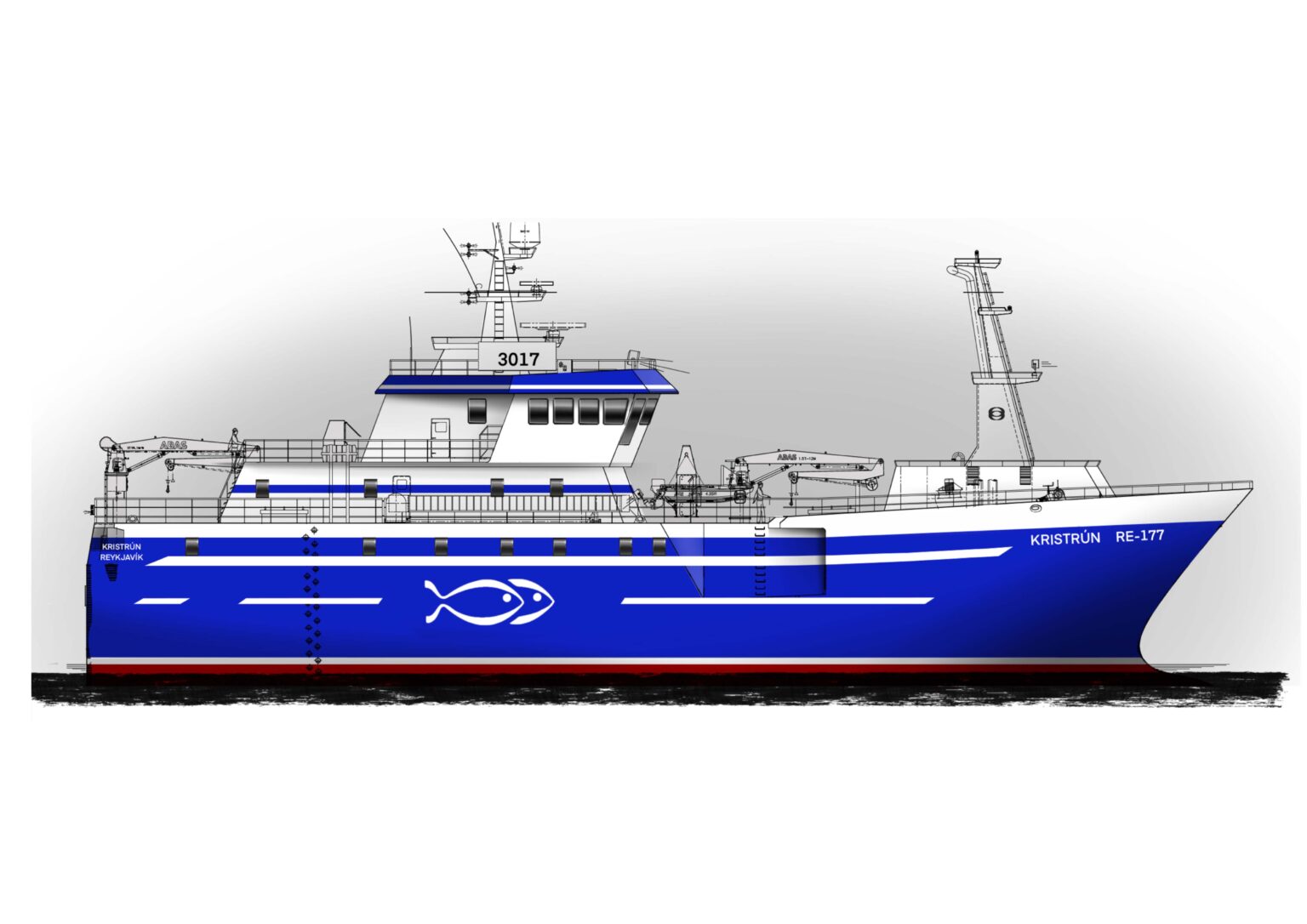
Maximum quality and raw material utilization is key
Fiskkaup is one of a few companies in Iceland that specializes in the fishing and processing of Greenland halibut. Their operation hinges on quality and they have mastered it well. By processing and freezing the fish at sea – when it is of the highest quality – the company is able to provide a steady supply of quality product to the Asian market. Heads and tails are also processed and frozen onboard as they also go for a robust price in the same market. KAPP Skaginn’s new onboard facility is thus designed to maximize both quality and the total available catch value.
“Product quality and maximum raw material utilization are very important to us,” says Ásbjörn Jónsson, CEO of Fiskkaup. “We are supplying high-quality Greenland Halibut to the Asian market and every part of the fish counts, as demand from the market has been strong. The new system is designed to utilize the entire fish and deliver quality product.”
Close cooperation with management and crew
As a family business, with decades of experience in supplying high-quality fish products to their customers, Fiskkaup works closely with both their suppliers and their staff. The crew onboard Kristrún – led by captains Helgi Aage Torfason and Pétur Karlsson – worked closely with KAPP Skaginn to create the most ergonomic layout and the most efficient production flow possible. These experienced fishermen hold the 2021 record for the largest Greenland halibut catch, netting over 2000 tons on the previous ship.
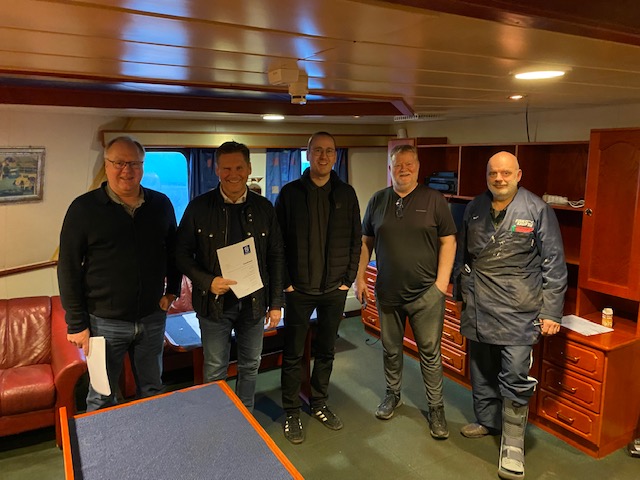
Ergonomic system with a small footprint
“This project was a pleasure to work on as both the management of Fiskkaup and the ship’s captains and crew were involved from the start,” says Böðvar Már Styrmisson, sales engineer for the project at KAPP Skaginn. “This ensured that we designed an ergonomic, efficient system based on interdisciplinary cooperation where engineering, processing, manufacturing and firsthand production experience came together to create the best system for this vessel. The guys onboard know what works and what they need and we are dedicated to deliver durable, robust systems that withstand the harsh conditions of processing at sea.”
Set to increase throughput and yield with the same manpower
The system is ergonomic and compact, utilizing space and available manpower to the max. “We are set to deliver increased throughput and better yield with the same manpower as Fiskkaup’s previous ship had,” explains Ingvar Vilhjálmsson, KAPP Skaginn’s Regional Sales Manager for Europe. “Our flexibility enables us to meet diverse needs from our clients. In this case we are integrating existing pieces of heading and freezing equipment into our overall design with KAPP Skaginn’s buffering, grading, bleeding, cutting and packing applications.”
Offering quality production at sea
Decades of developing onboard systems in close cooperation with customers has made KAPP Skaginn one of the major onboard systems suppliers in the North Atlantic. Combining fisheries experience and industry know-how with engineering ingenuity and robust mechanical design has allowed the team at KAPP Skaginn to deliver production systems that suit a variety of vessels,species and production needs. The new Greenland Halibut production deck for Kristrún RE-177, is yet another onboard system the company is proud to be apart of.
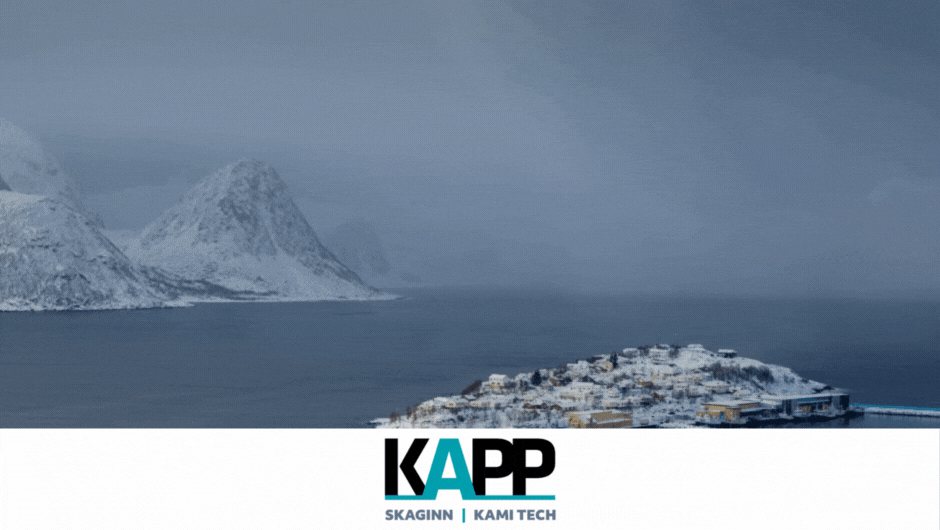
Brødrene Karlsen AS is a production company for farmed and wild fish products located at the island of Husøy in Senja, northern Norway. The location, which is at the gateway to the Barents Sea, provides them with a very good source for extremely fresh and high-quality products. In collaboration with a modern and active fleet, they have gained a position in the market, which is associated with highly good product quality.
Br. Karlsen AS is now taking another step in raising product quality in the market by investing in a new buying station for wild-caught whitefish. This buying station, supplied by Melbu Systems AS, focuses on gentle and efficient processing of the fish with a particular focus on optimizing its quality. In collaboration with Melbu Systems AS, KAPP Skaginn will deliver a RoteX Sub-Chilling™ tank to Br.Karlsen AS. They will therefore be the first whitefish facility in Norway to install this unique cooling solution.
The concept of SUB-CHILLING™ is to chill the fish down below zero degrees Celsius, where the core temperature of the fish gets close to -1°C. Although the temperature of the fish is below the freezing point of water, the fish remains fresh and unfrozen in a subzero state. A Sub-Chilled fish is refrigerated in such a manner that it is not necessary to add ice to the fish boxes, which means that transport weight is reduced and the problem of water run-off from trailers is eliminated.
KAPP Skaginn Sub-Chilling™ also ensures the lowest possible bacterial growth in the fish, which in turn means longer shelf life out in the market. The fish become firm and fine and are very suitable for further filleting with a clearly reduced risk of fillet gaping. All in all, this means that KAPP Skaginn Sub-Chilling™ is a very good cooling solution for the environment, product quality and production economy in the industry.
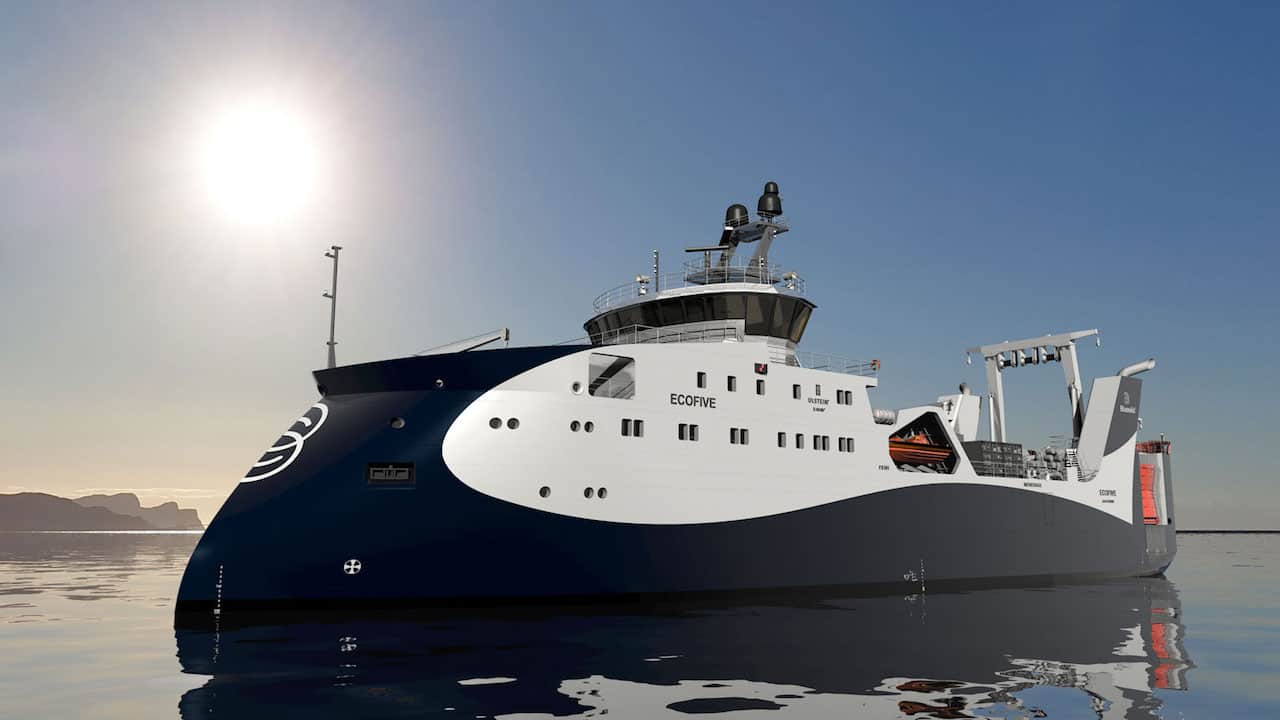
KAPP Skaginn has signed a contract with BlueWild, Norway, to supply a full fish processing factory onboard the company’s innovative new trawler. The trawler is designed to deliver sustainability, quality, and efficiency on all levels. From new propeller technology and groundbreaking trawl handling, to ecofriendly catch pumping and innovative production facilities,the new trawler is set to revolutionize onboard processing with its ECOFIVE concept.
A milestone agreement for onboard factory
“The agreement marks a turning point for us,” says Ragnar A.Guðmundsson, KAPP Skaginn’s Director of Sales for Scandinavia and Europe. Mr.Guðmundsson has led the project from KAPP Skaginn end from the beginning. "We have worked closely with the Bluewild team for the last two years. After many meetings and researches the team effort paid off and we will deliver a new and exciting onboard processing solution that harmonizes really well with their strategy."
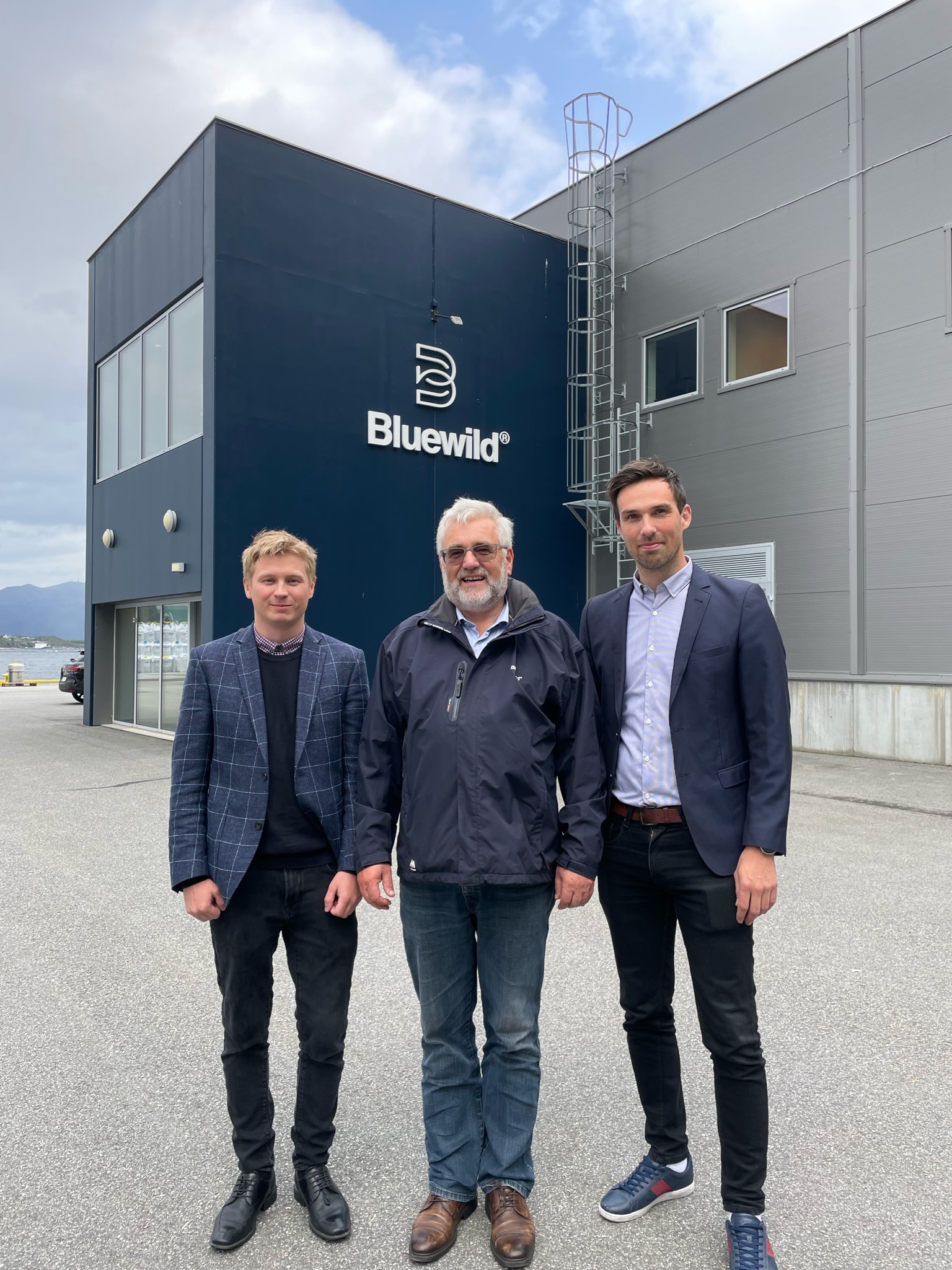
Fish processing innovation
The concept of responsible fisheries is at the core of the new project. ECOFIVE – the new and innovative concept developed by Bluewild and their partners – is designed to deliver the highest-quality products possible with reduced energy consumption. The concept is nominated for The Nor-Fishing Foundation Innovation Award 2022.
“It’s an incredible opportunity to be chosen as the fish factory supplier for such an innovative project,” says Mr. Guðmundsson. “Our onboard processing system fits incredibly well with the principle of sustainable fishing, maximum product utilization and increased product and by-product value.”
Sustainable fish processing principles in play
Catch is transferred directly into water-filled storage tanks below the waterline where it remains alive before being taken to the factory facility. Overpressure release is used to bring the live catch to KAPP Skaginn's processing line on the factory floor. The turnkey processing system will process fillets, loins, center pieces, tails, and bellies from whitefish, cooked and single-frozen consumer prawns or deliver blocks of industrial shrimp for further production on land.
Top quality, from filleting to frozen product
"Our focus is on quality and maximum product utilization,” explains Guðmundsson. “This means that each and every piece offish receives top treatment throughout the process, from filleting to frozen product. In addition, the system’s full product utilization methods are designed to deliver maximum by-product value, that means every part of the fish is processed for human consumption."
Collaboration is the key to success
The ship and all of its systems are designed and built by incredibly professional teams from the Westcon shipbuilder, Ulstein Design & Solutions AS, CFlow Systems, PTG and now KAPP Skaginn. "We are honored that the customer has chosen our company for this project and very proud to be a part of this group", says Mr. Guðmundsson. “Our experience in the Icelandic and international fish industry has allowed us to build world-class teams. Our people bring in-depth processing knowledge, extensive technical expertise, and innovative thinking to this venture.”
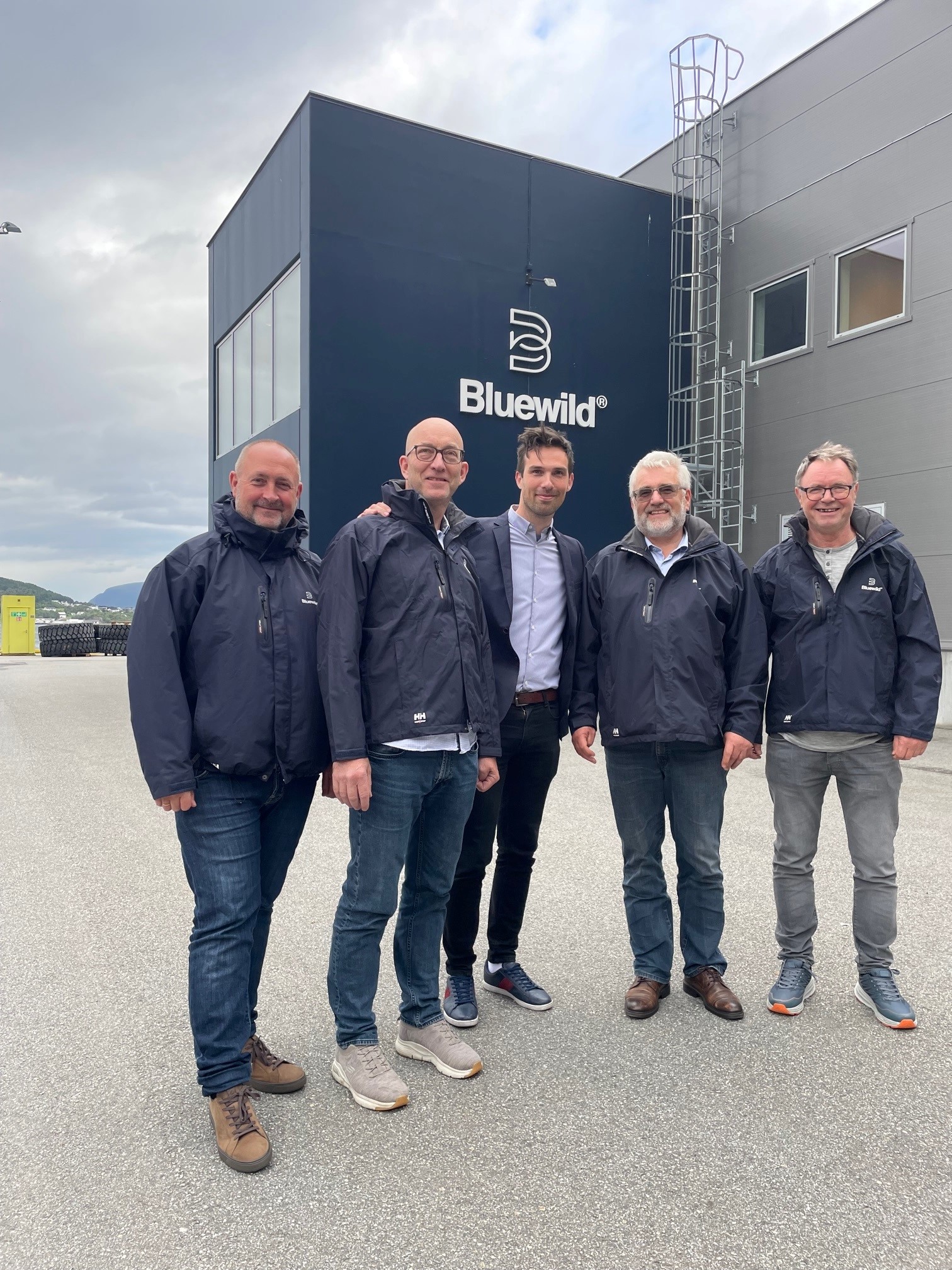
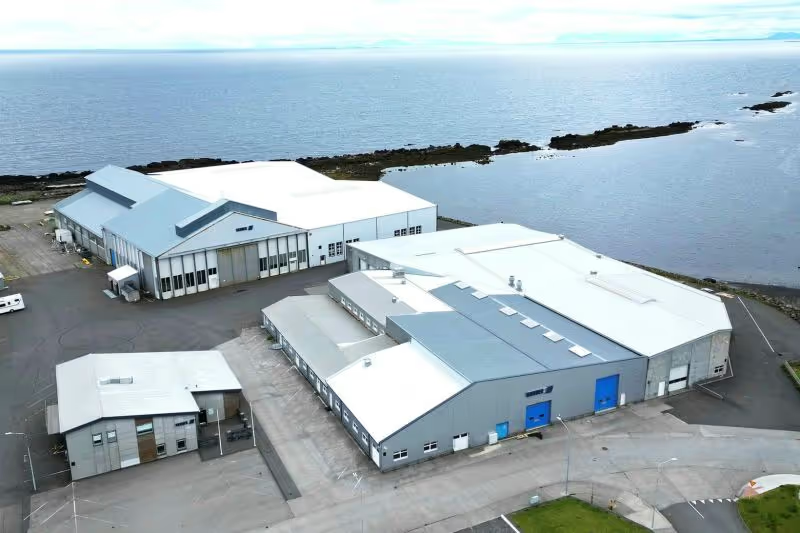
Lorem Ipsum is simply dummy text of the printing and typesetting industry. Lorem Ipsum has been the industry's standard dummy text ever since the 1500s, when an unknown printer took a galley of type and scrambled it to make a type specimen book. It has survived not only five centuries, but also the leap into electronic typesetting, remaining essentially unchanged. It was popularised in the 1960s with the release of Letraset sheets containing Lorem Ipsum passages, and more recently with desktop publishing software like Aldus PageMaker including versions of Lorem Ipsum.
Why do we use it?
It is a long established fact that a reader will be distracted by the readable content of a page when looking at its layout. The point of using Lorem Ipsum is that it has a more-or-less normal distribution of letters, as opposed to using 'Content here, content here', making it look like readable English. Many desktop publishing packages and web page editors now use Lorem Ipsum as their default model text, and a search for 'lorem ipsum' will uncover many web sites still in their infancy. Various versions have evolved over the years, sometimes by accident, sometimes on purpose (injected humour and the like).
- Integer tincidunt nisi id ex rhoncus lobortis.
- Nam tincidunt magna eget aliquam ullamcorper.
- Proin id est eu felis hendrerit interdum.
- In posuere diam nec felis posuere scelerisque.
- Praesent vestibulum elit sed finibus vehicula.
Where does it come from?
Contrary to popular belief, Lorem Ipsum is not simply random text. It has roots in a piece of classical Latin literature from 45 BC, making it over 2000 years old. Richard McClintock, a Latin professor at Hampden-Sydney College in Virginia, looked up one of the more obscure Latin words, consectetur, from a Lorem Ipsum passage, and going through the cites of the word in classical literature, discovered the undoubtable source. Lorem Ipsum comes from sections 1.10.32 and 1.10.33 of "de Finibus Bonorum et Malorum" (The Extremes of Good and Evil) by Cicero, written in 45 BC. This book is a treatise on the theory of ethics, very popular during the Renaissance. The first line of Lorem Ipsum, "Lorem ipsum dolor sit amet..", comes from a line in section 1.10.32.
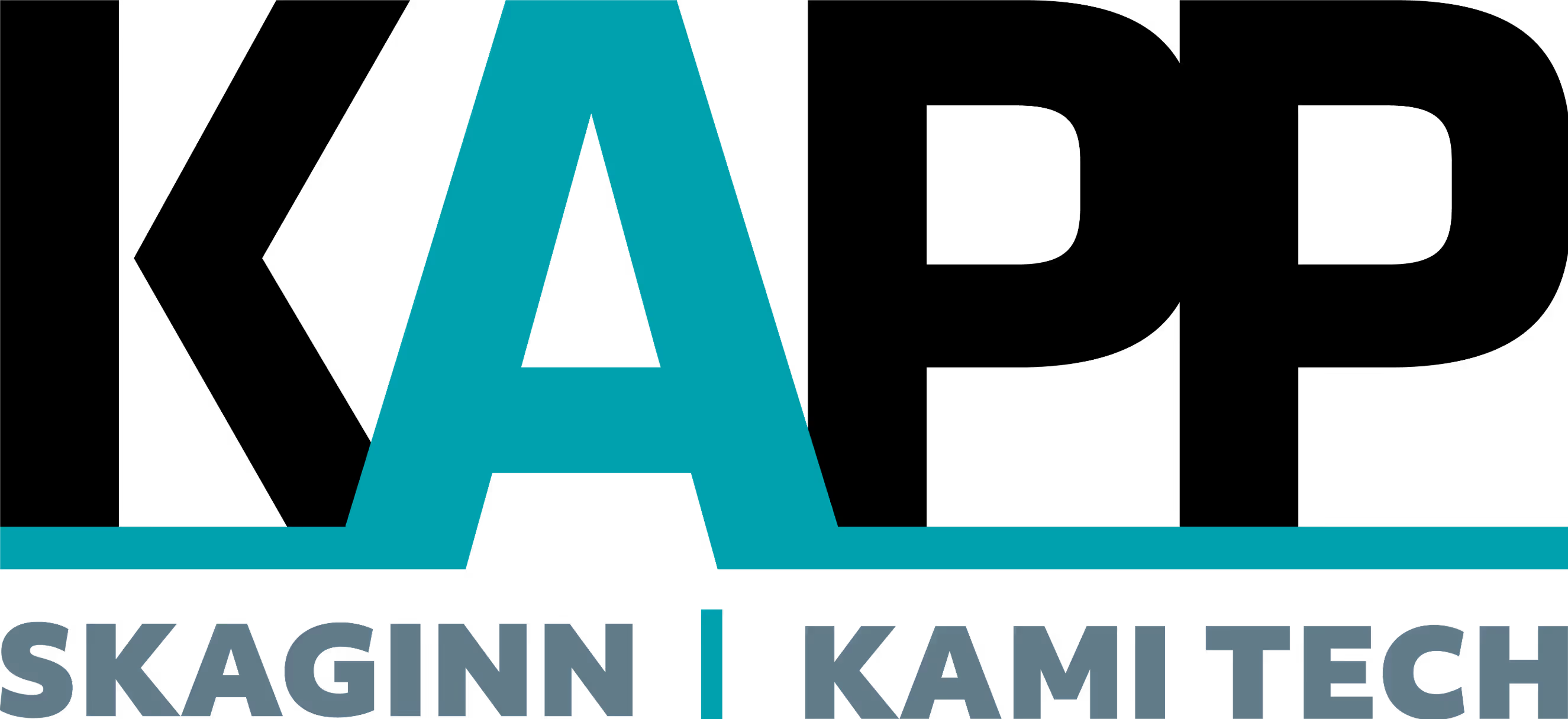
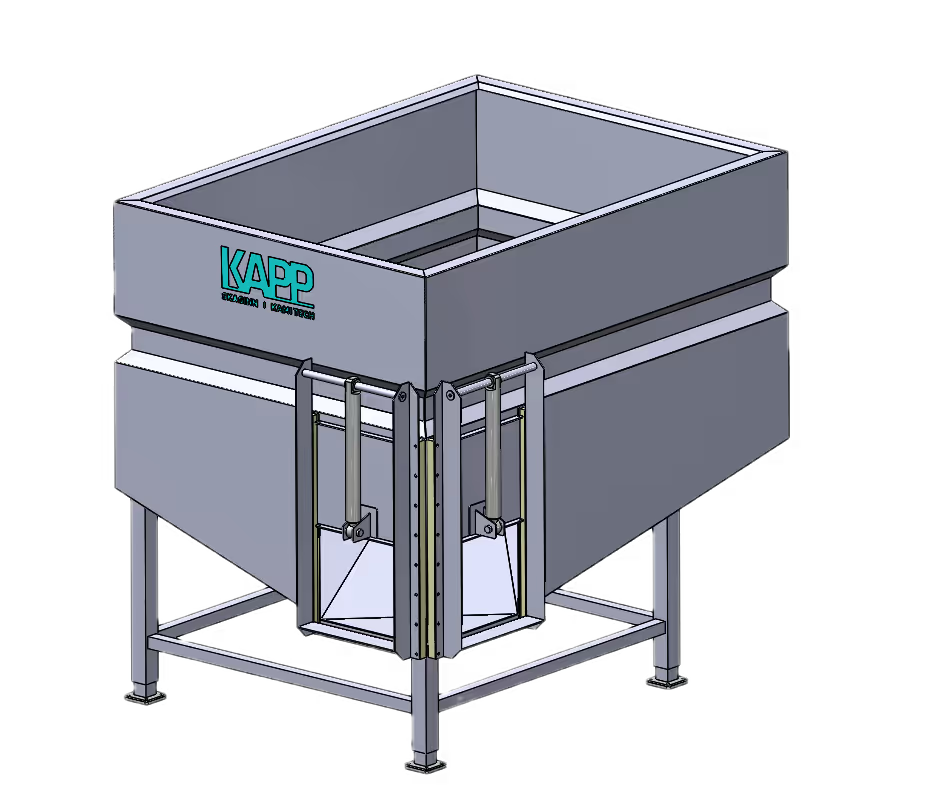
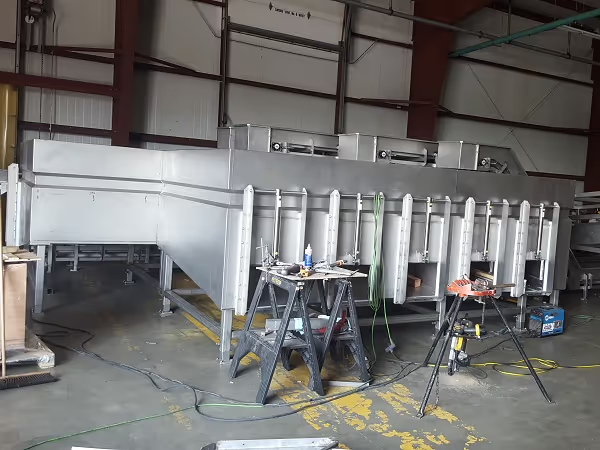
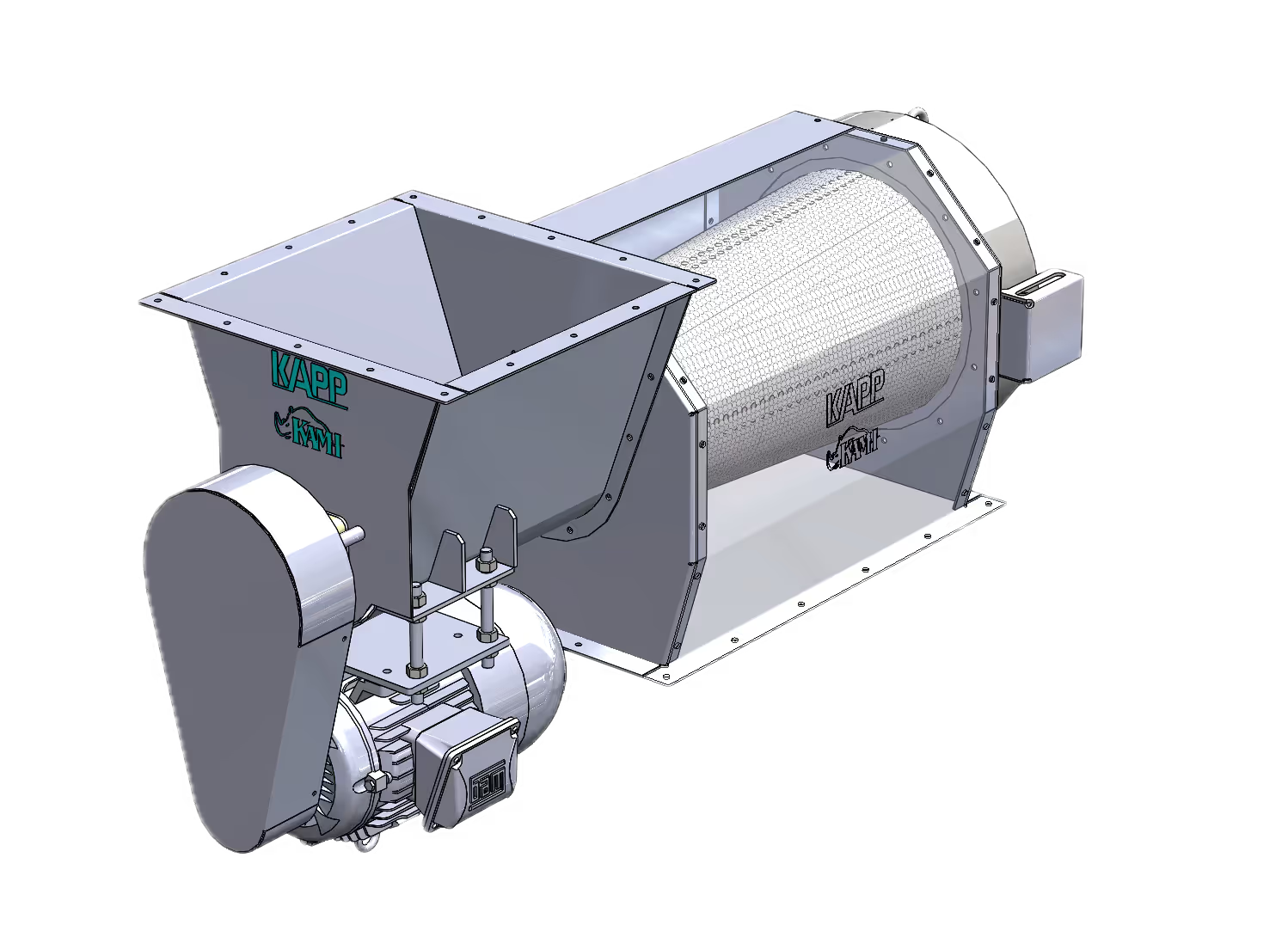
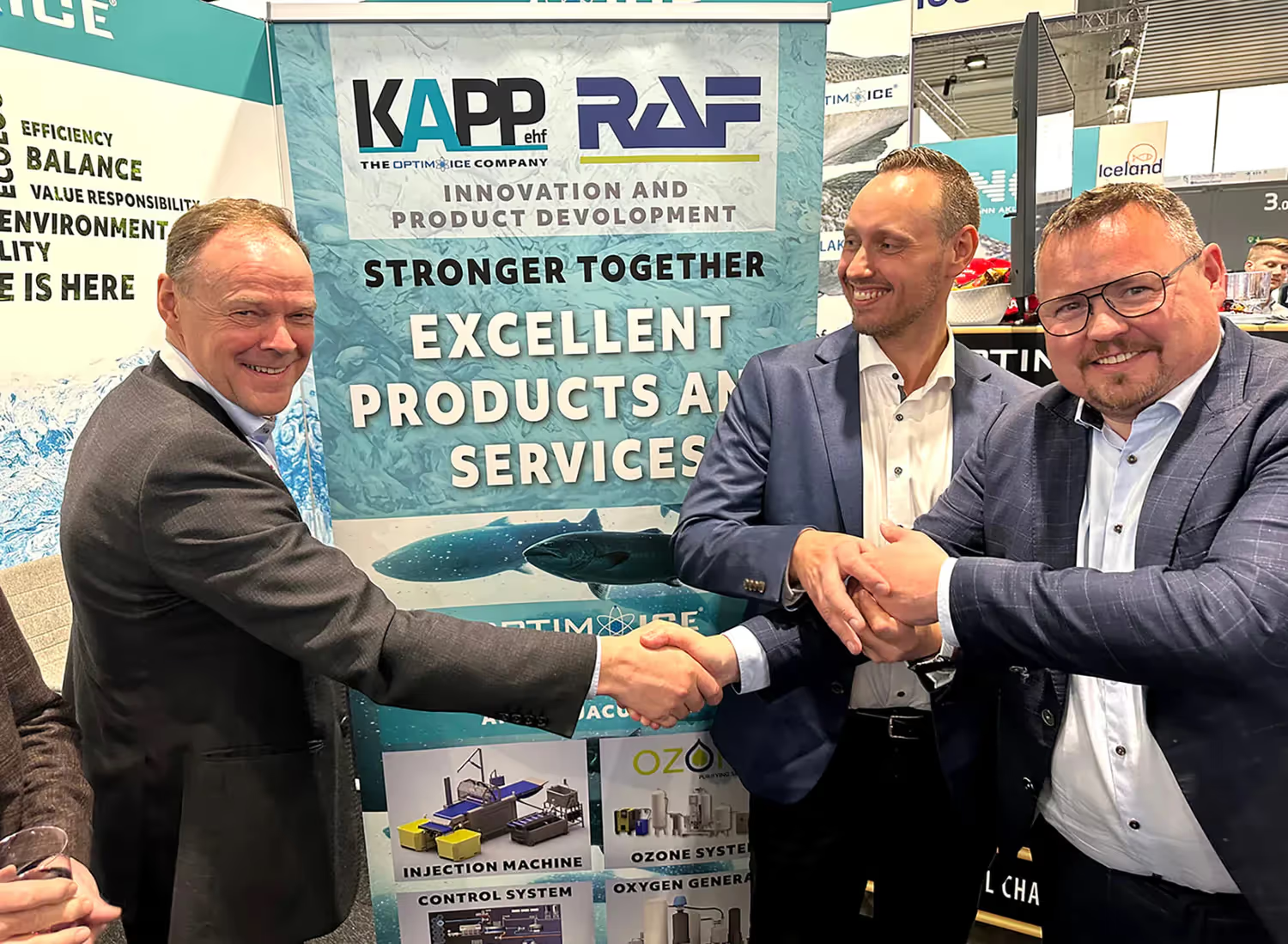
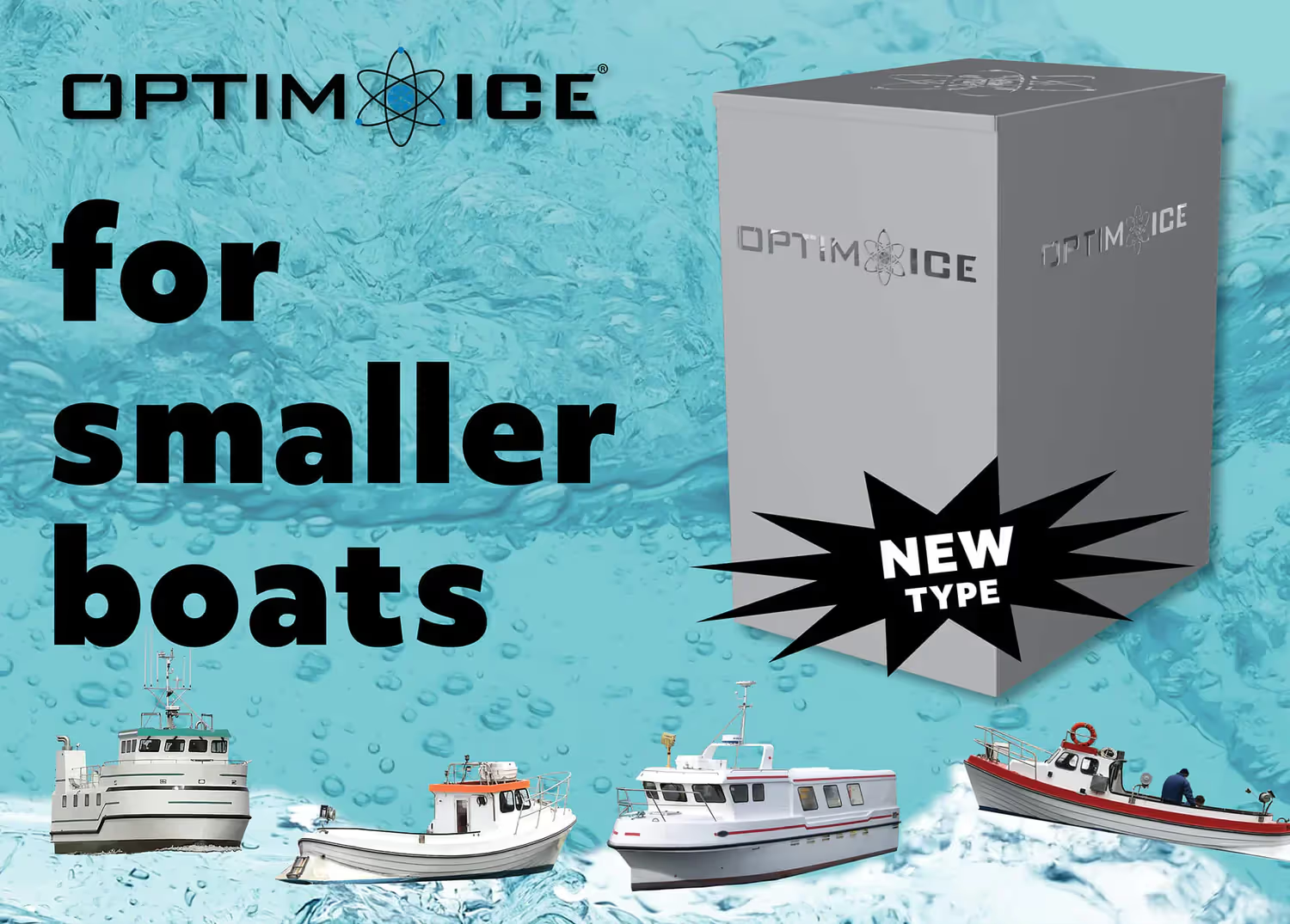
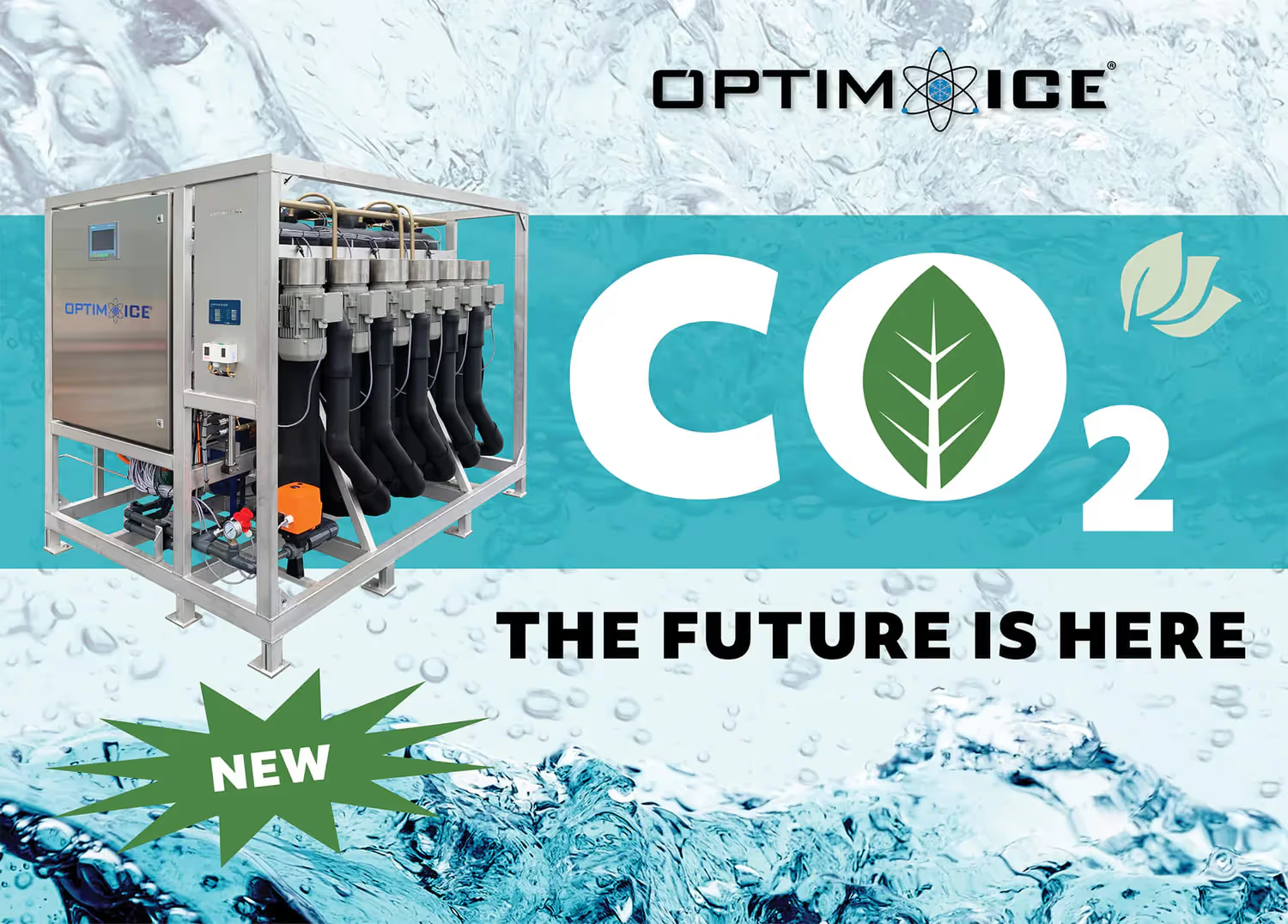
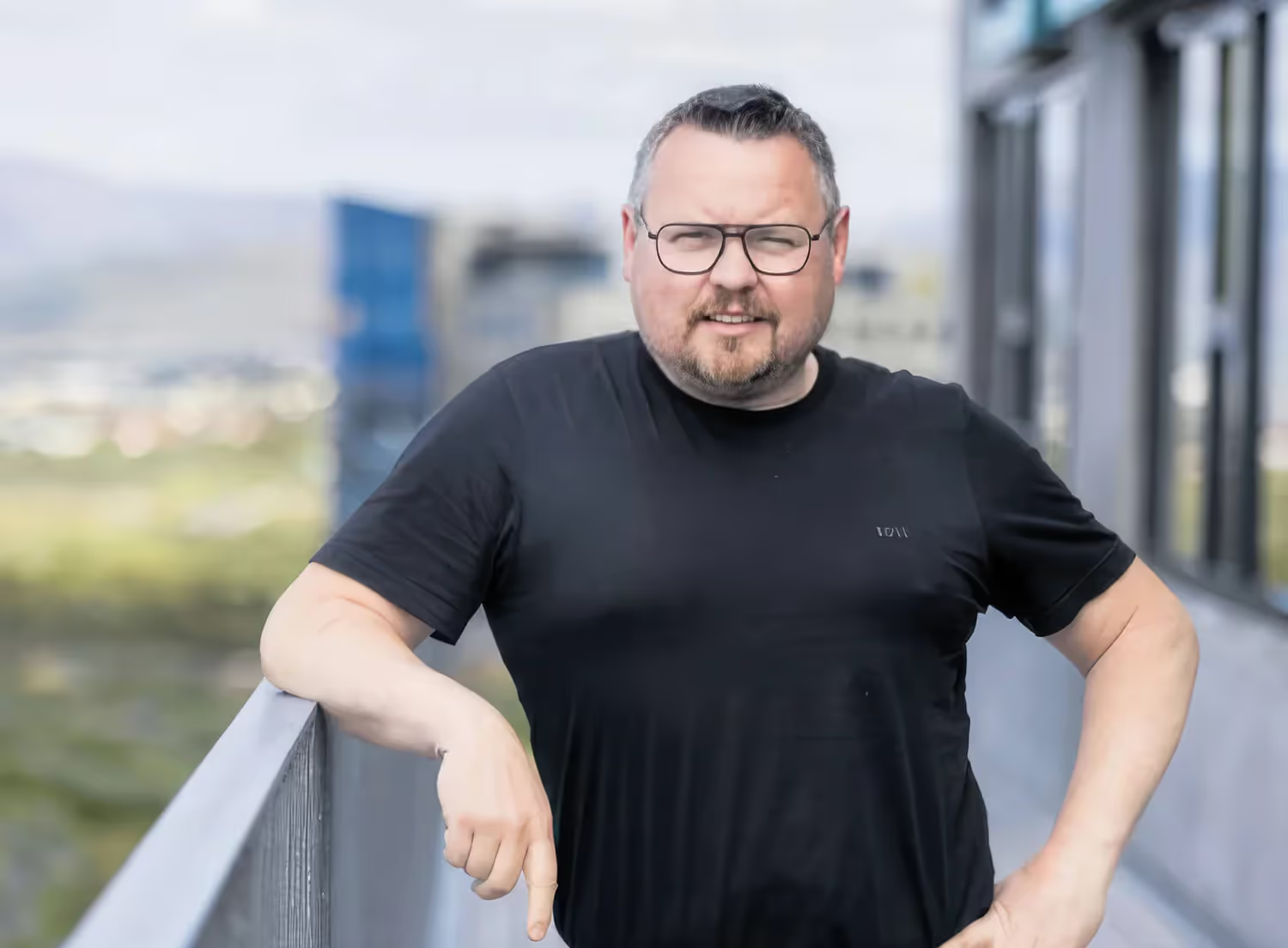
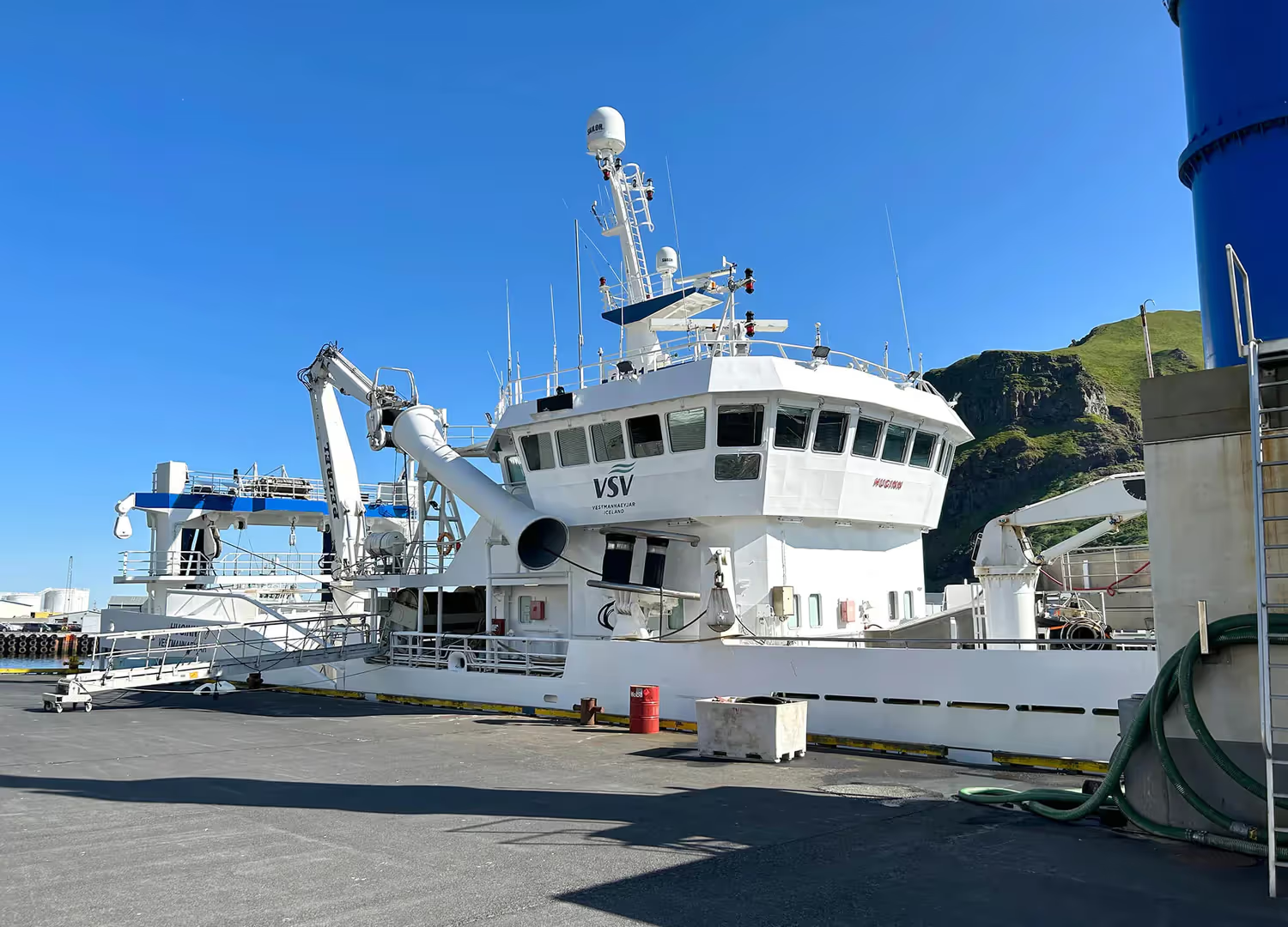
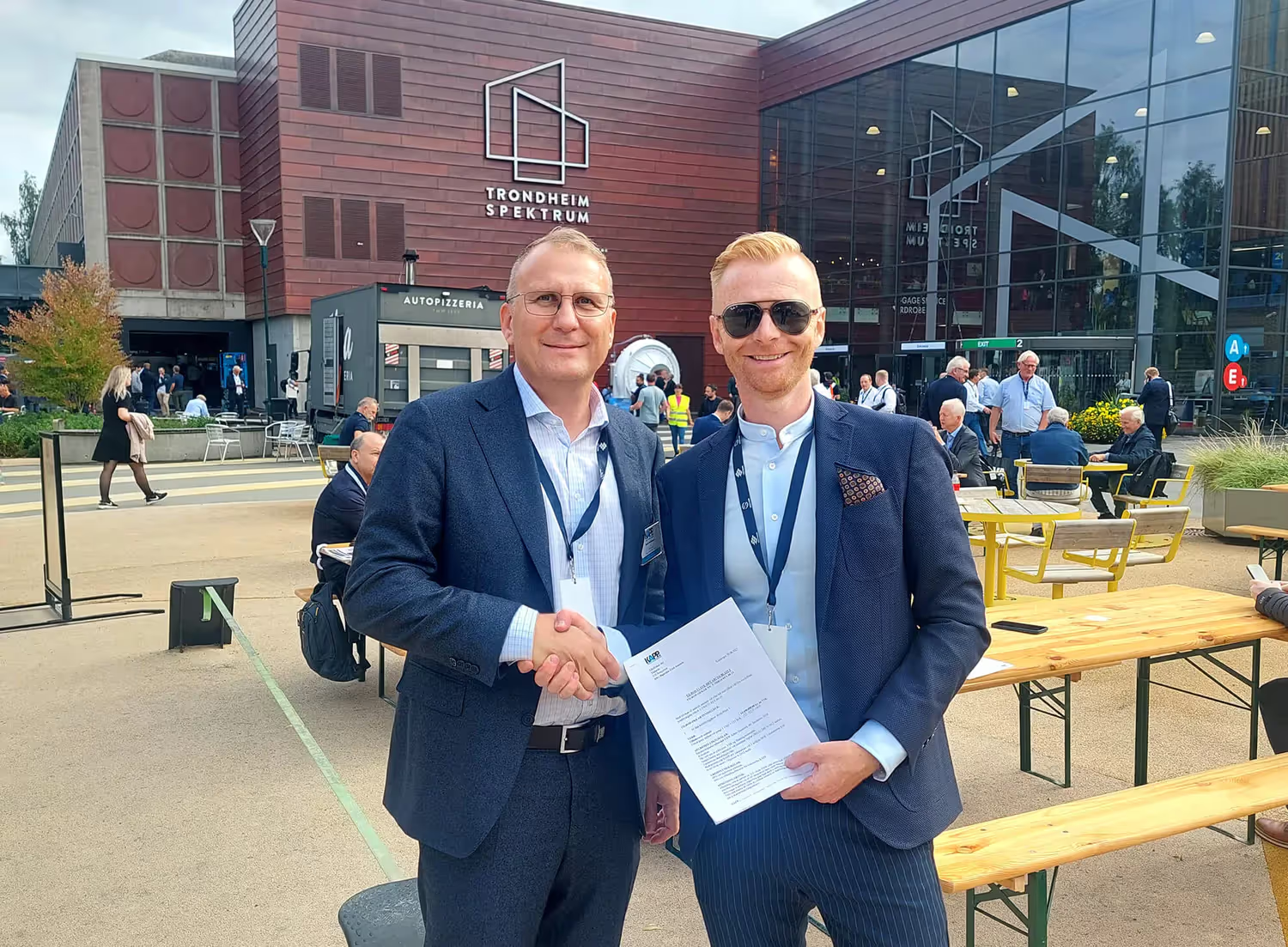
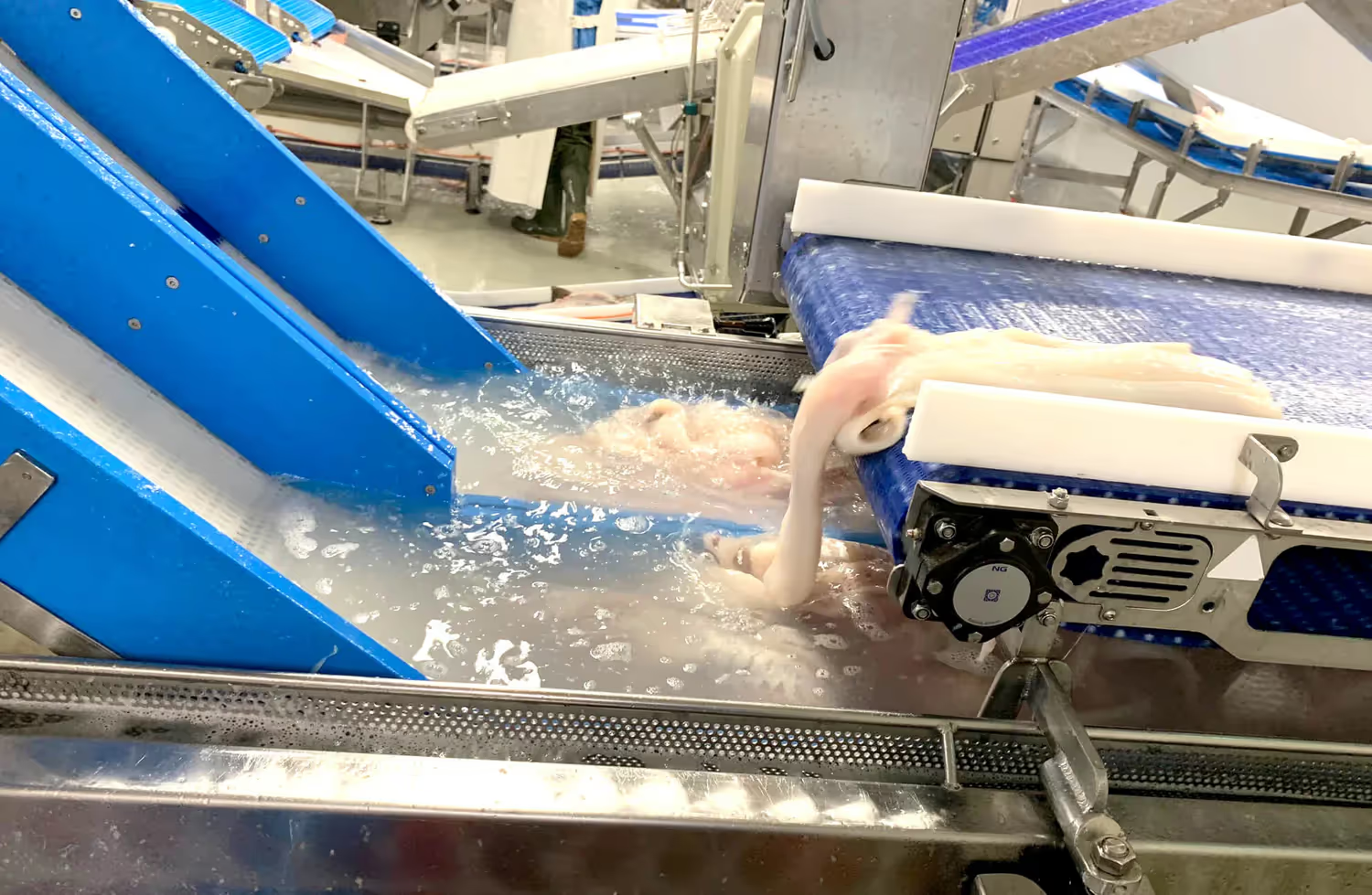
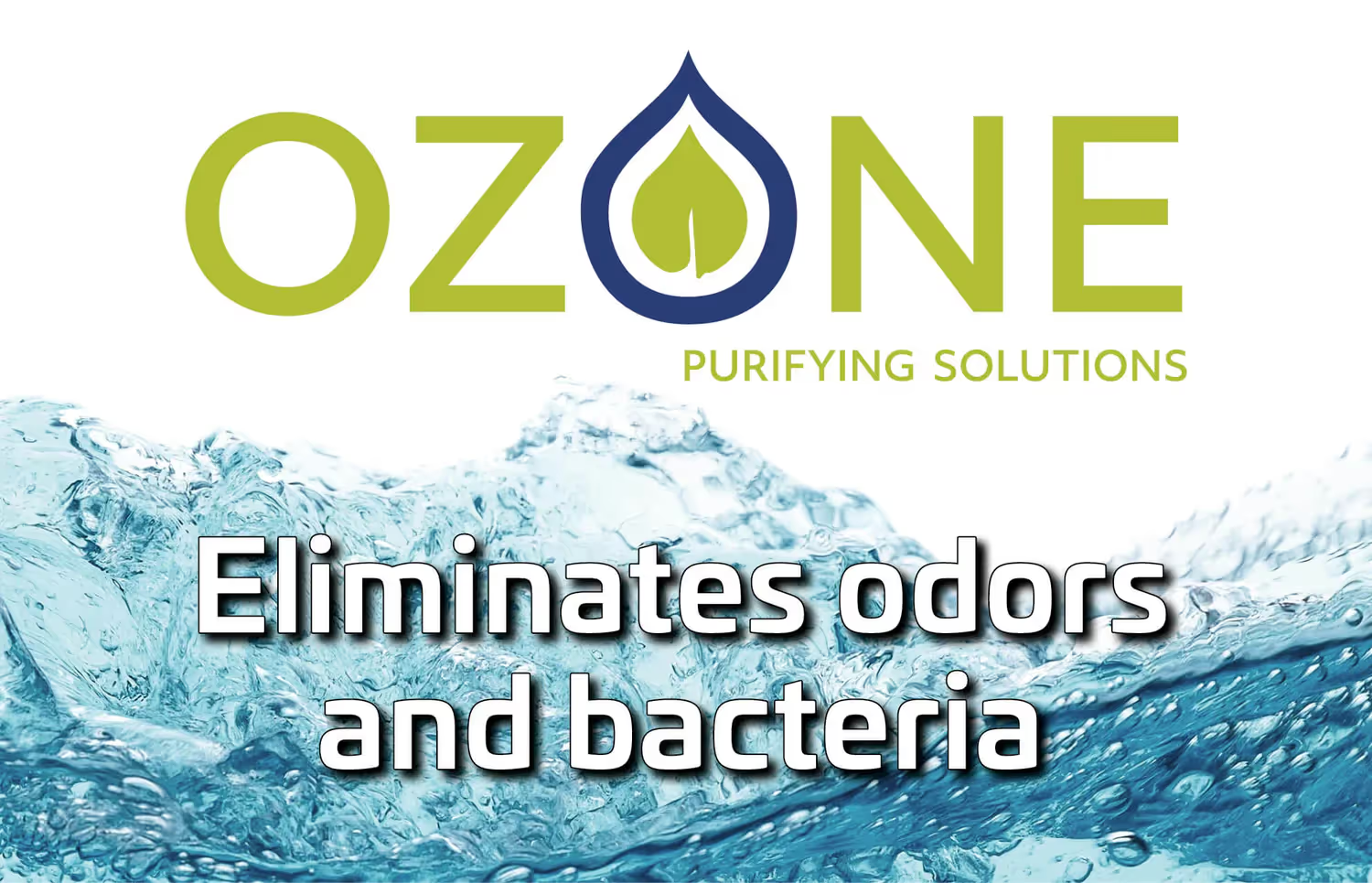
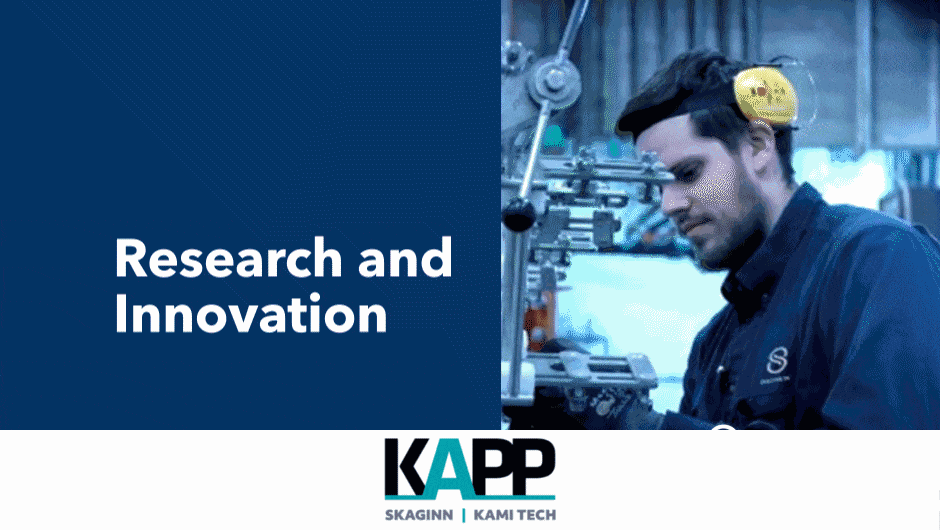
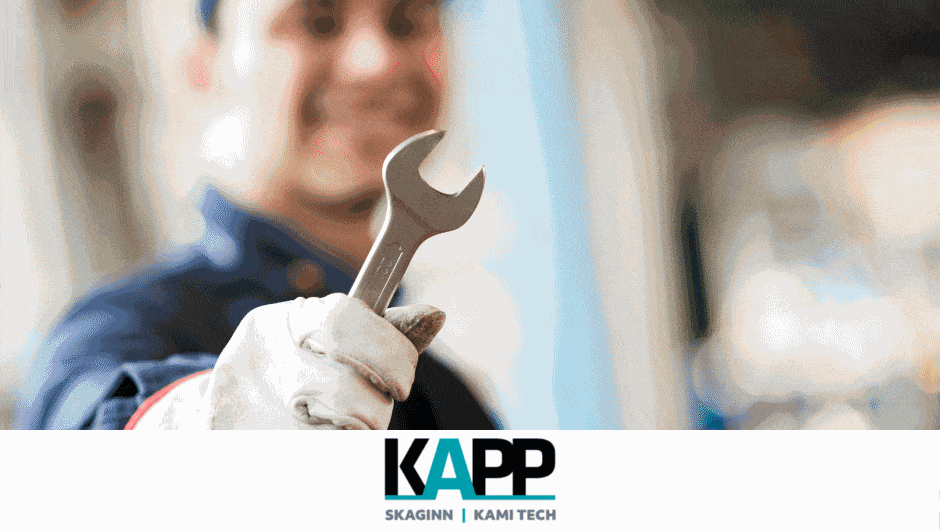
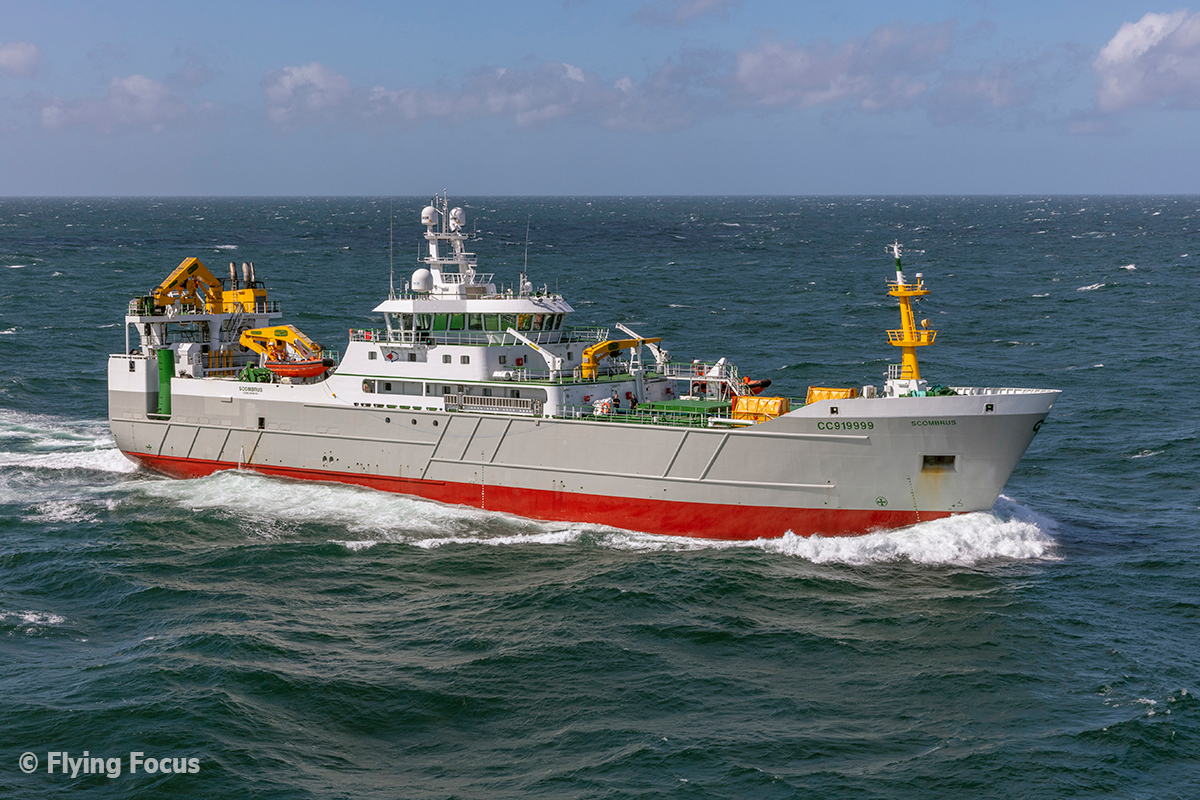

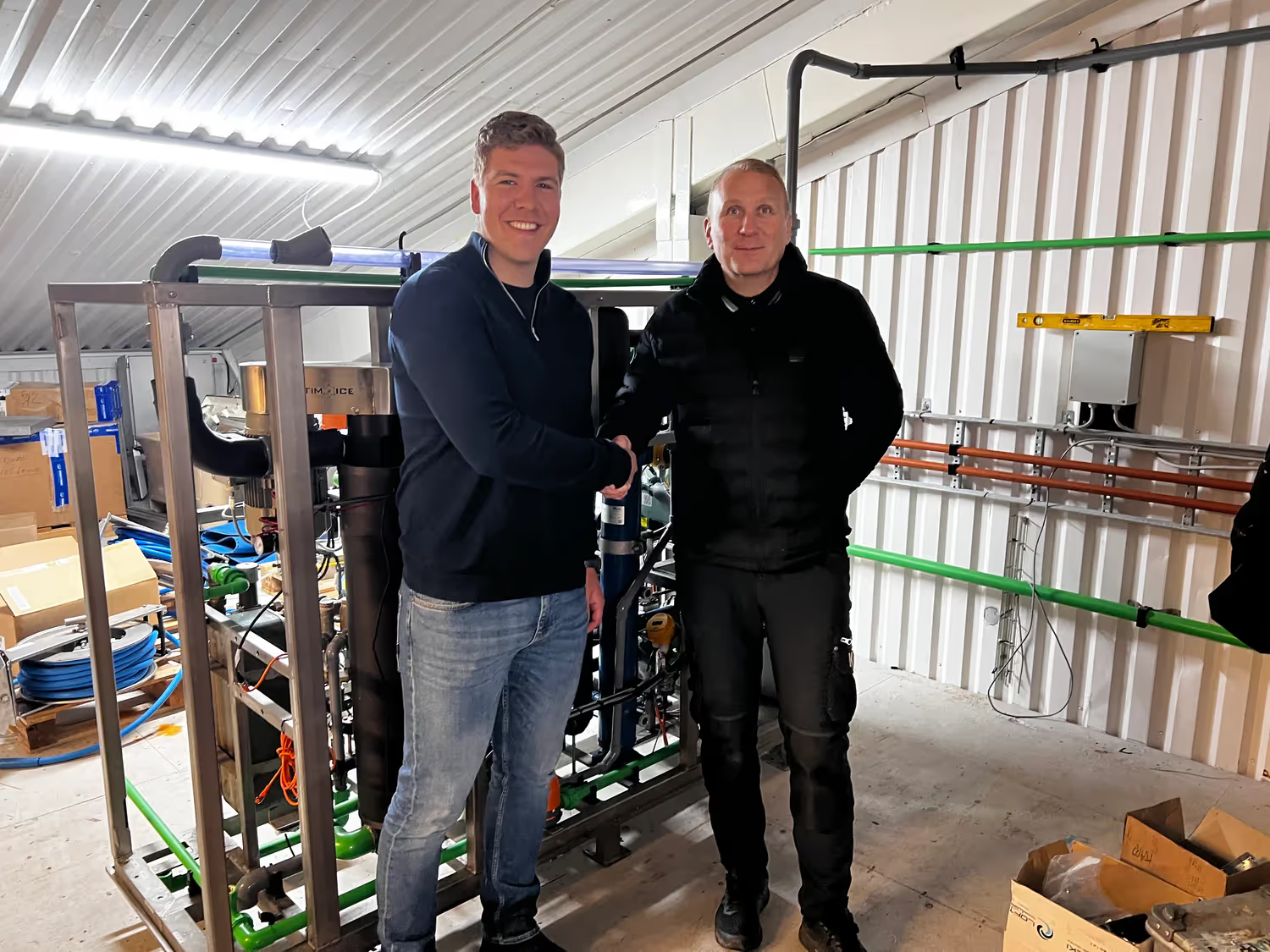
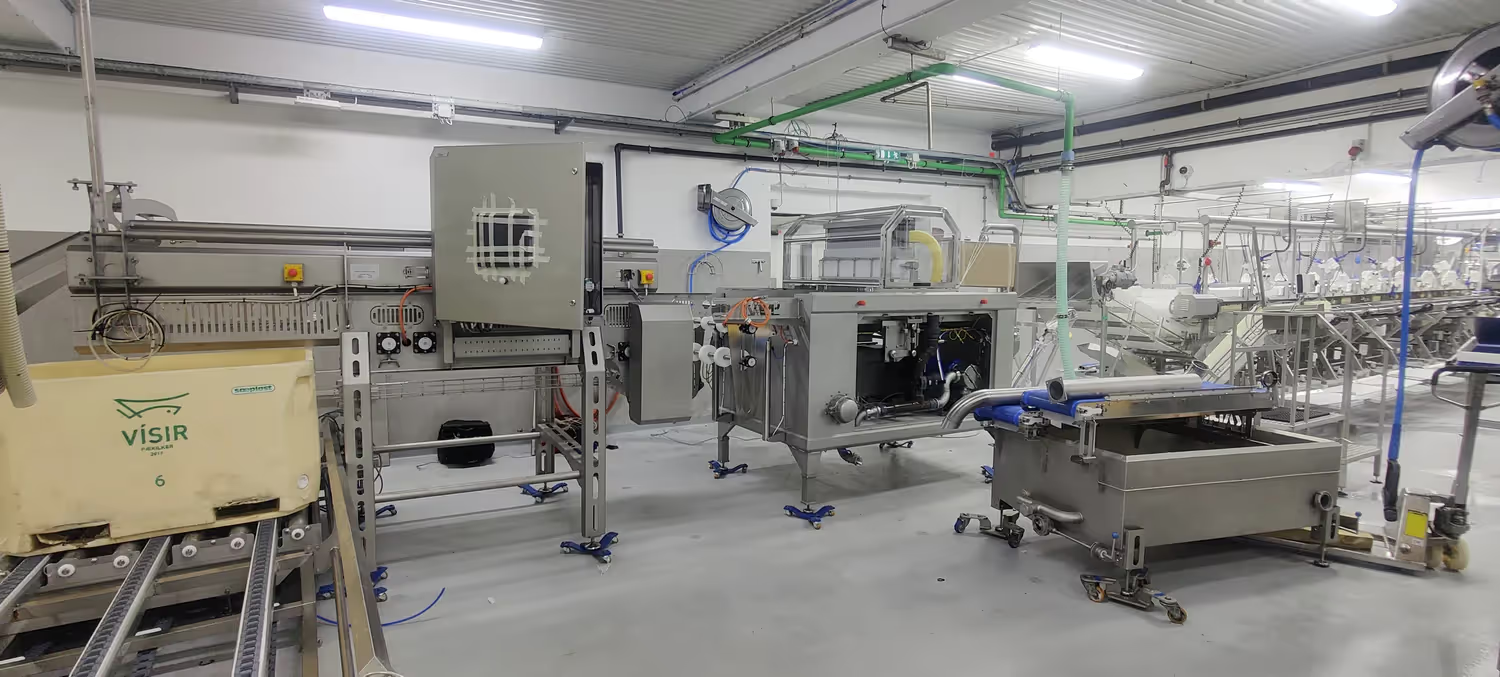
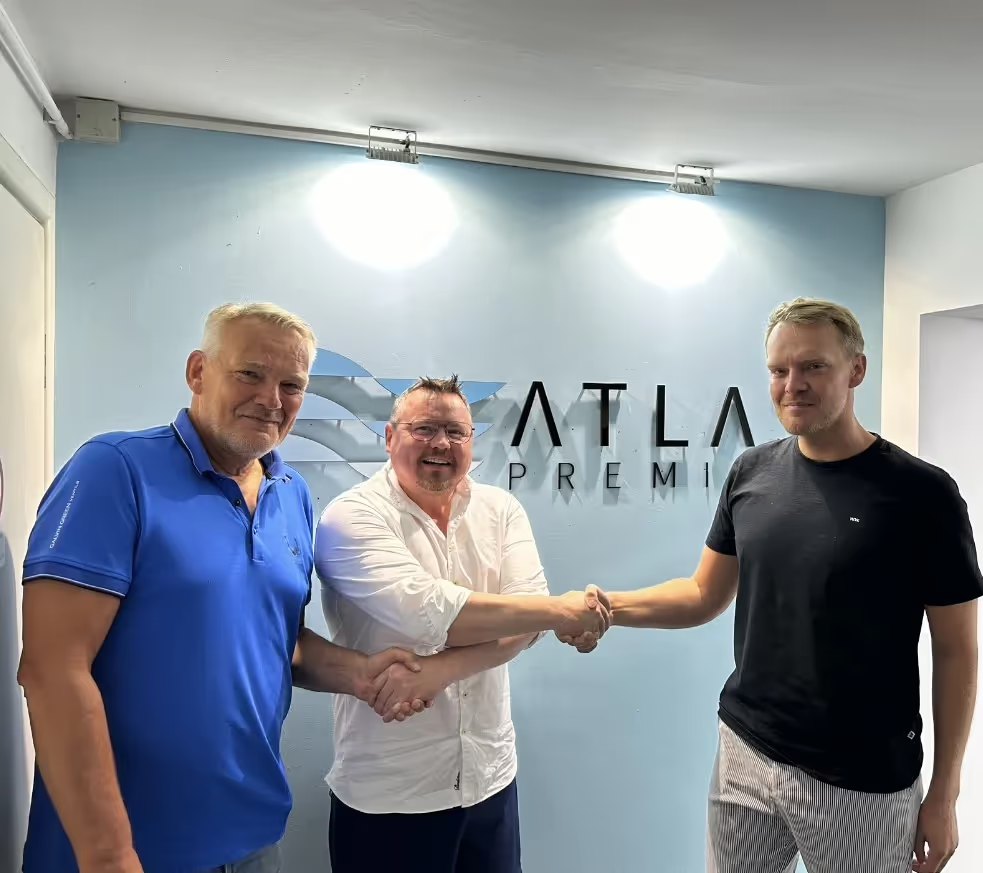
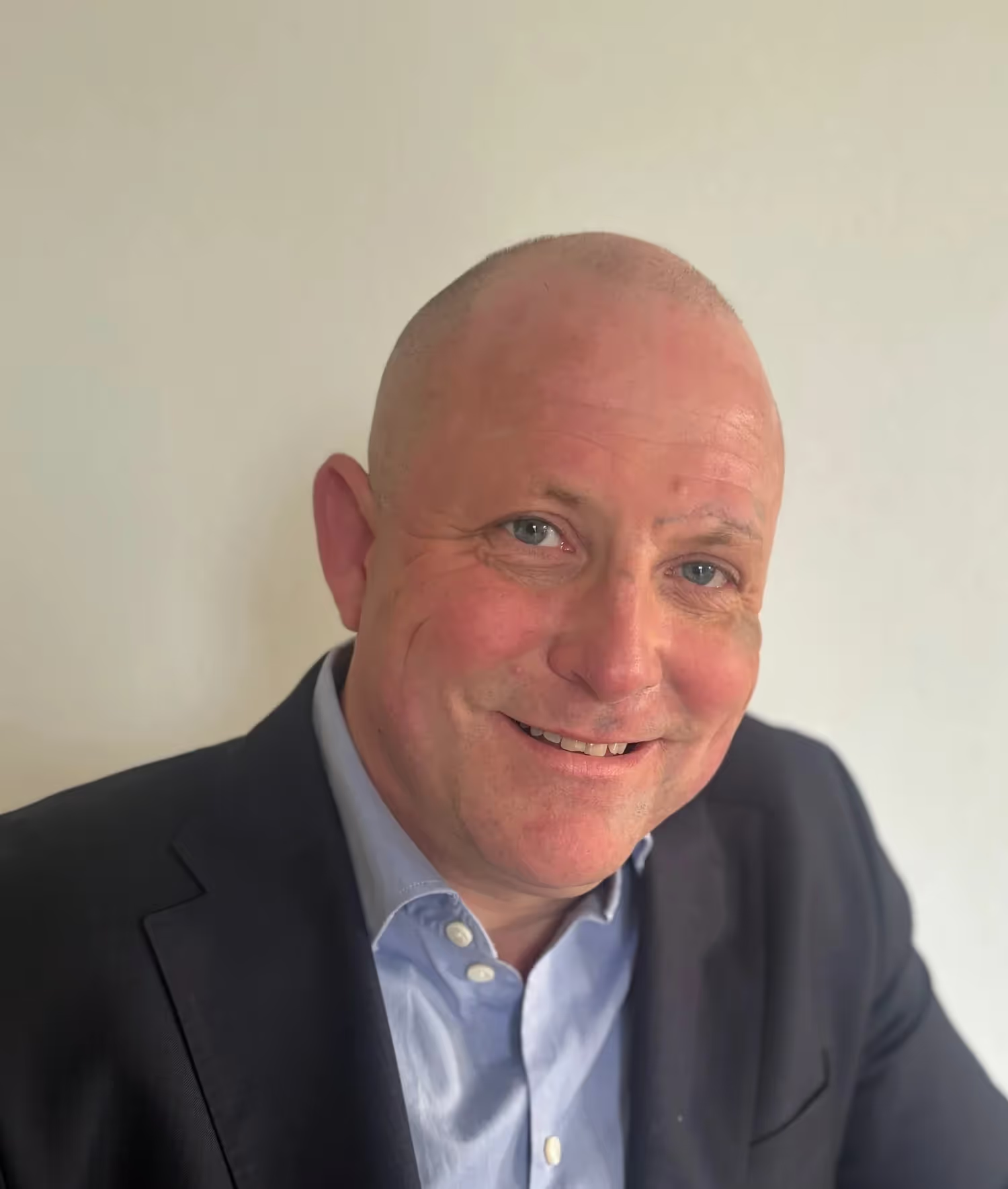
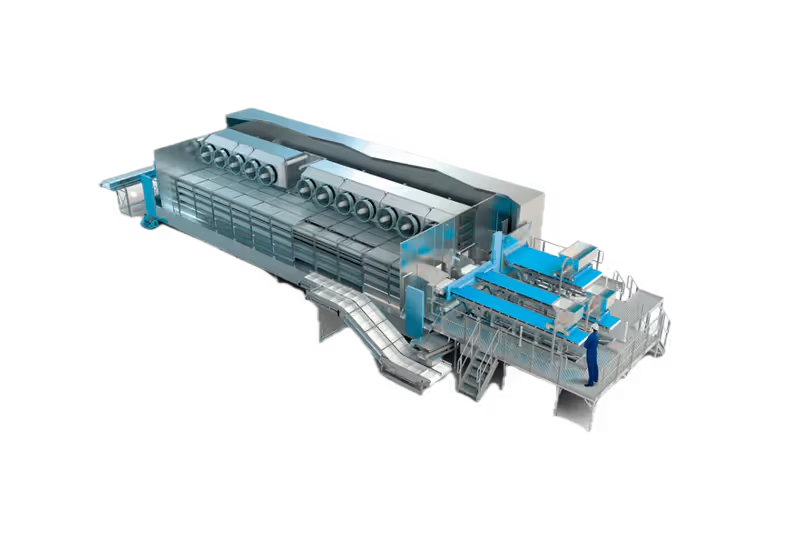
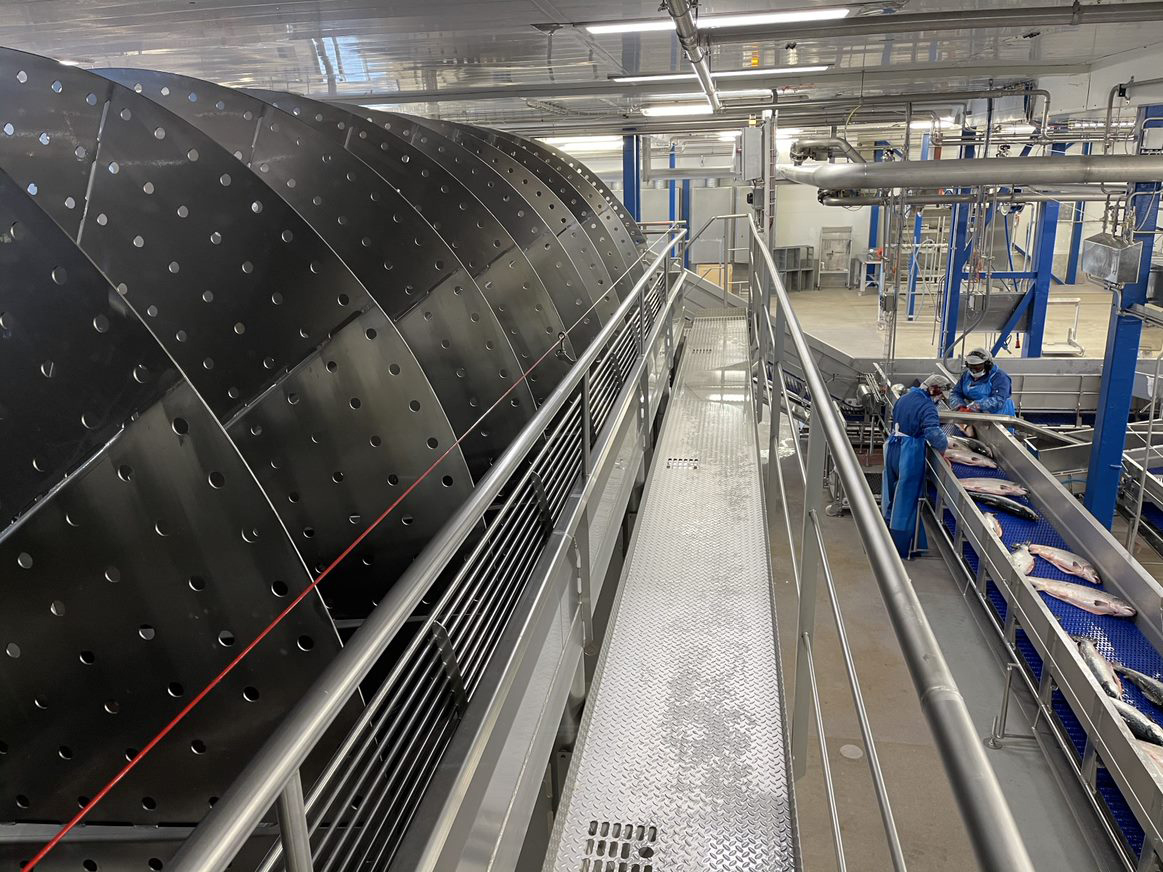
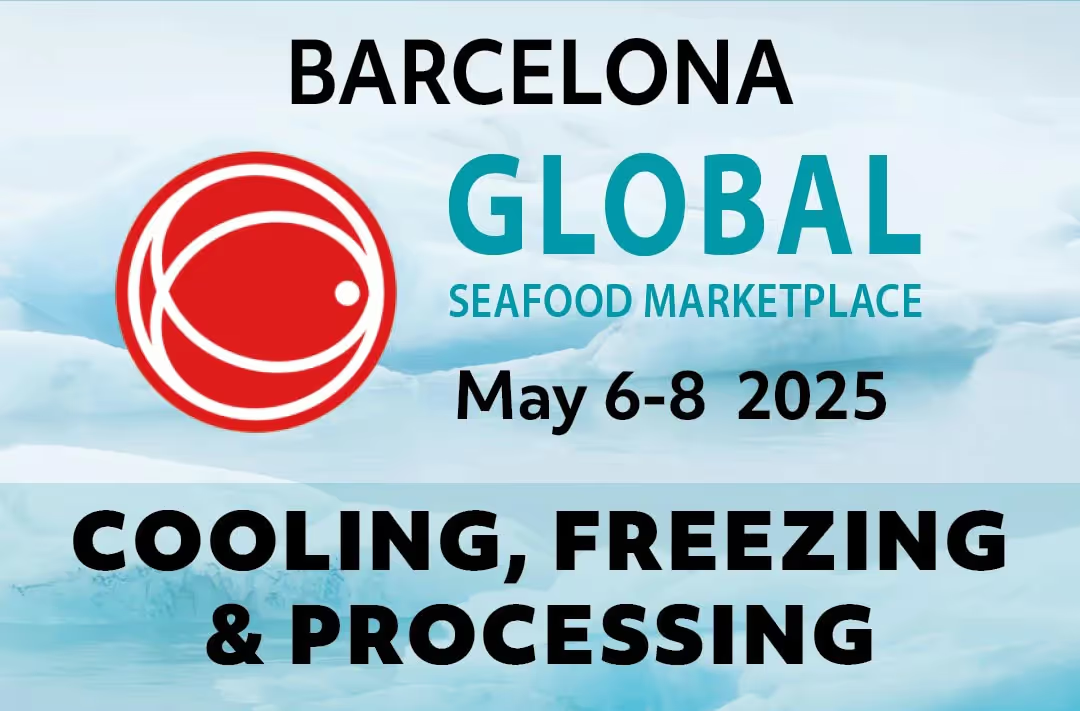
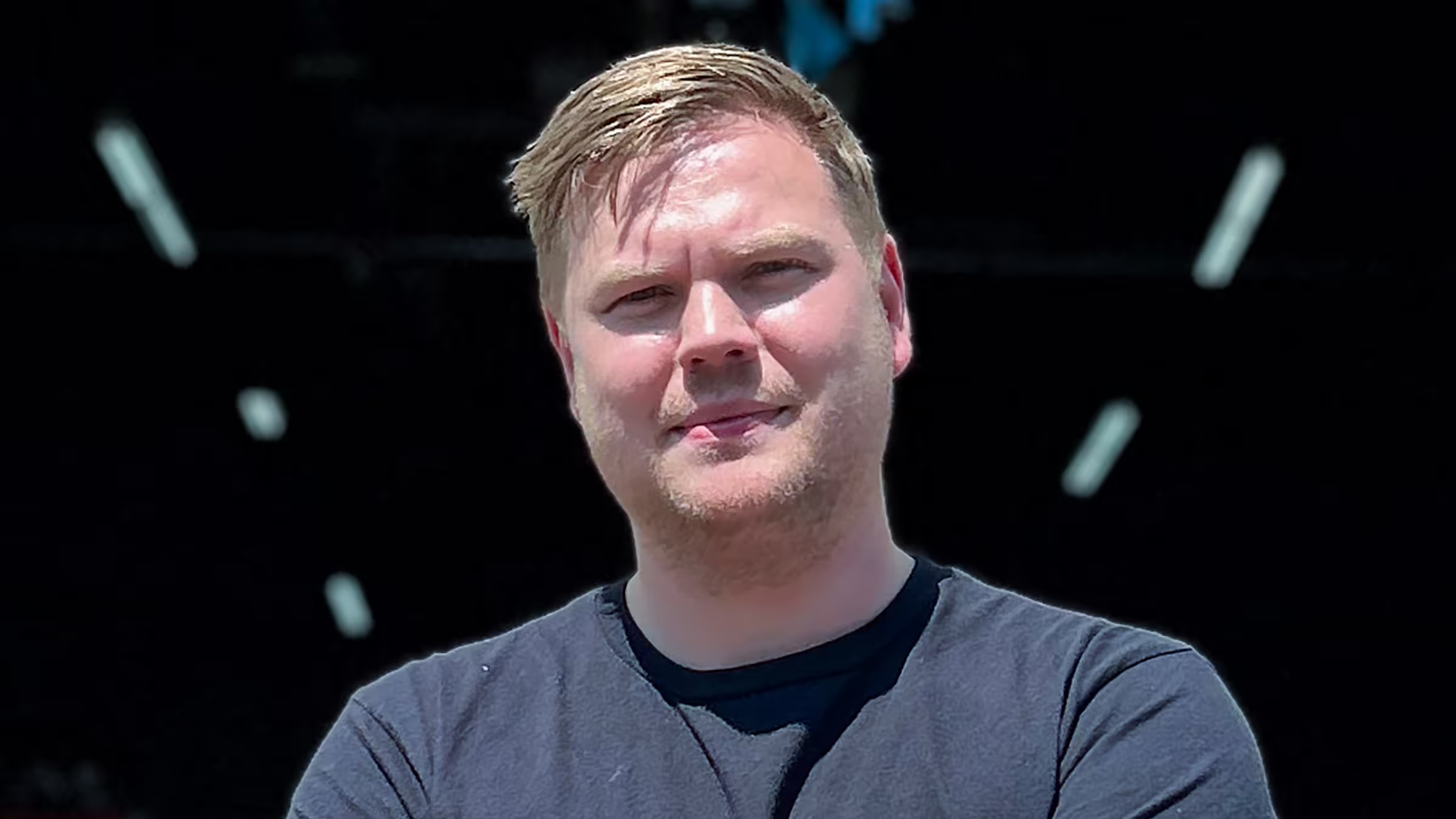
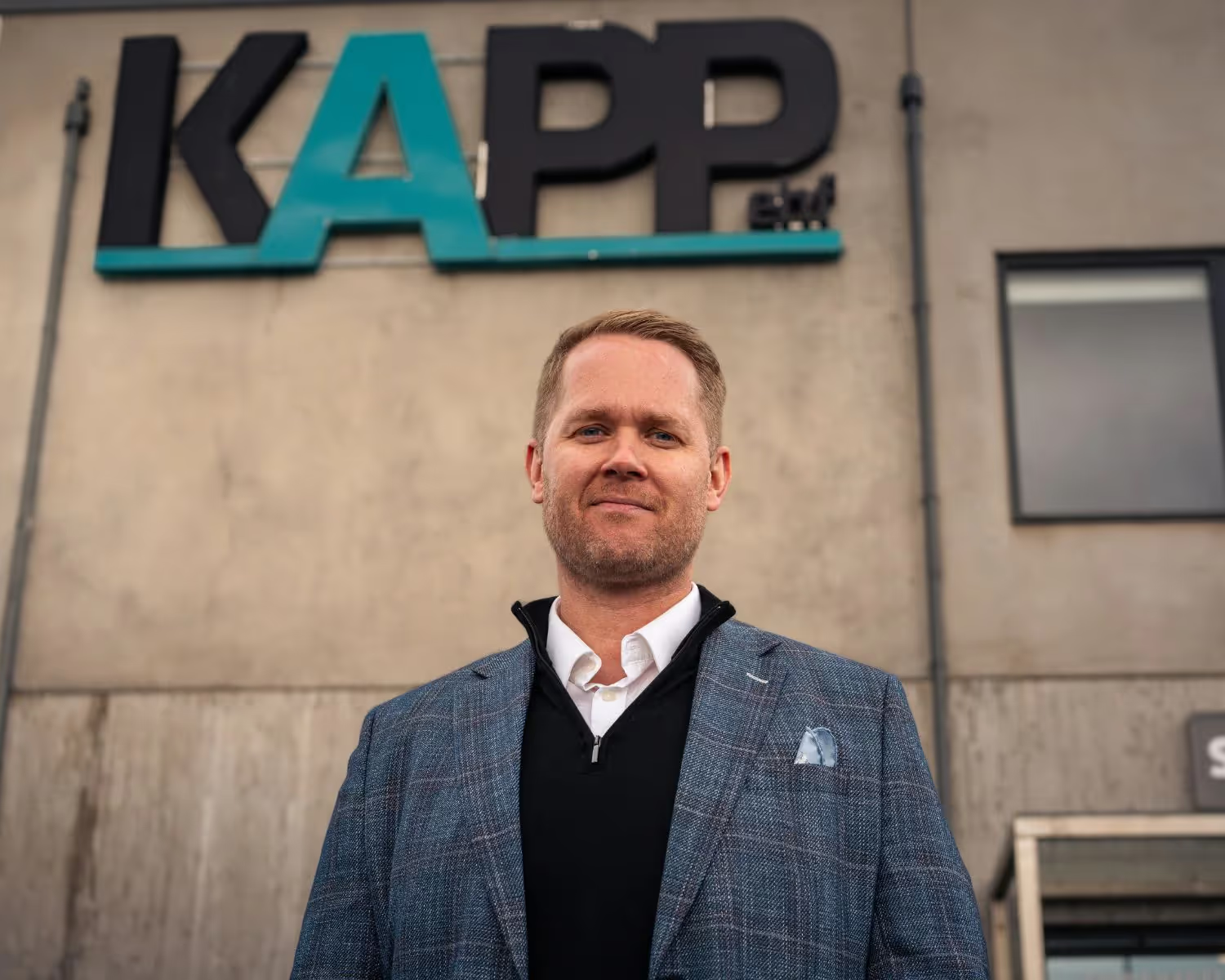
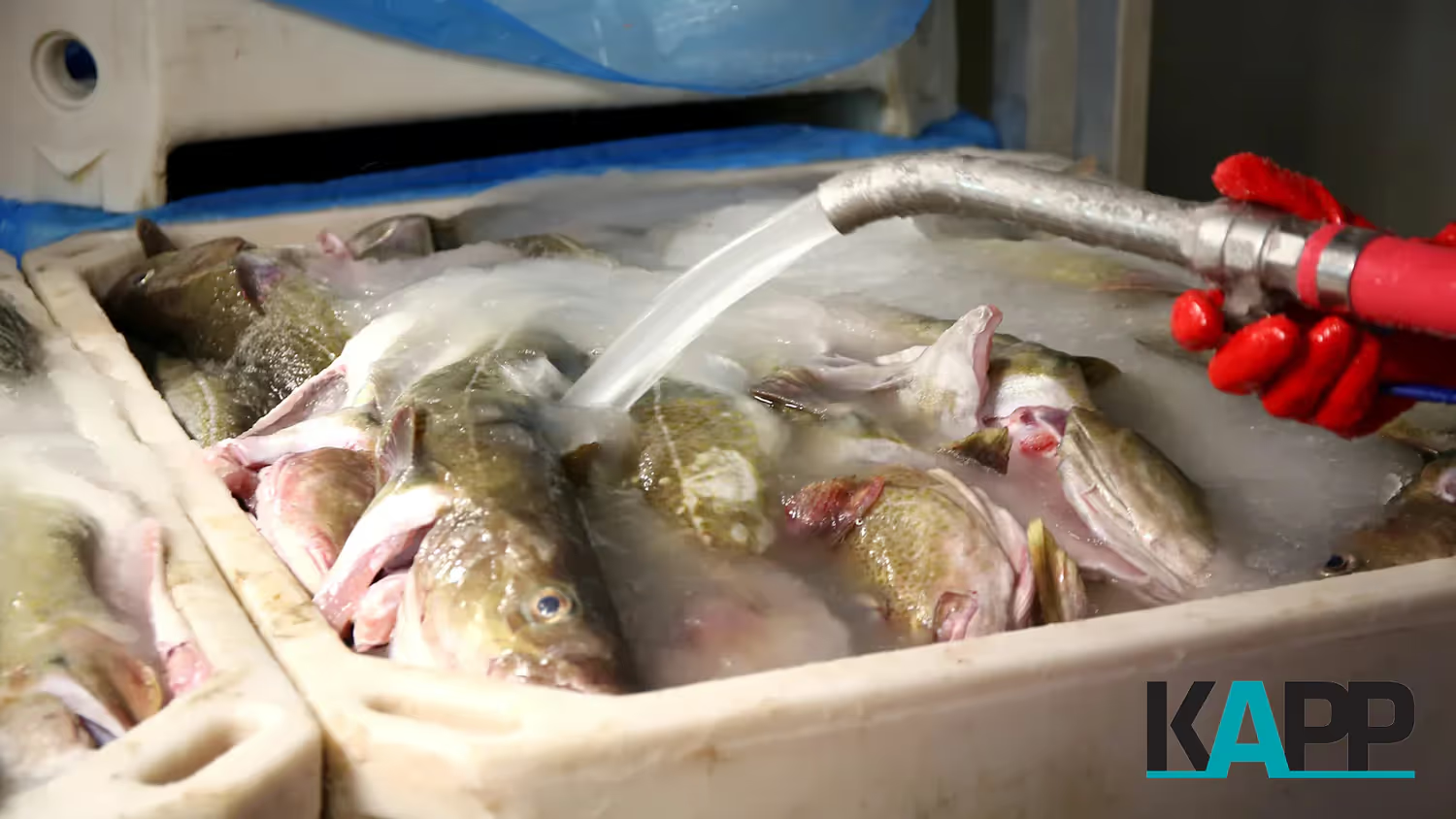
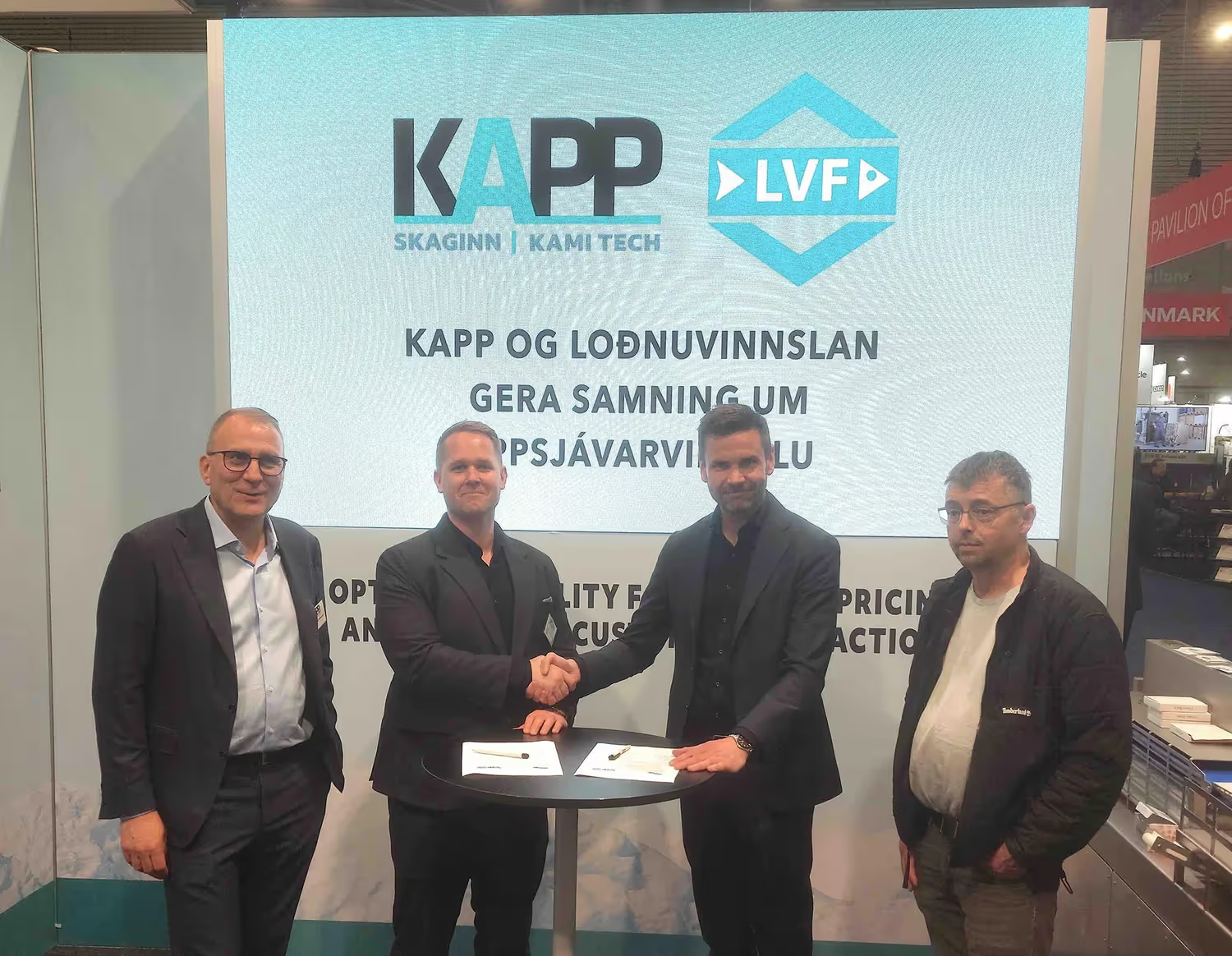
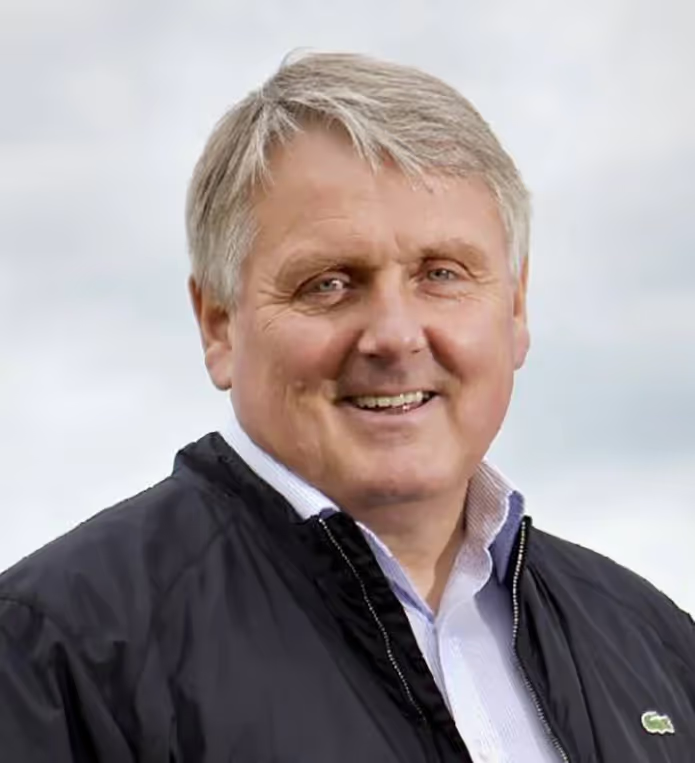
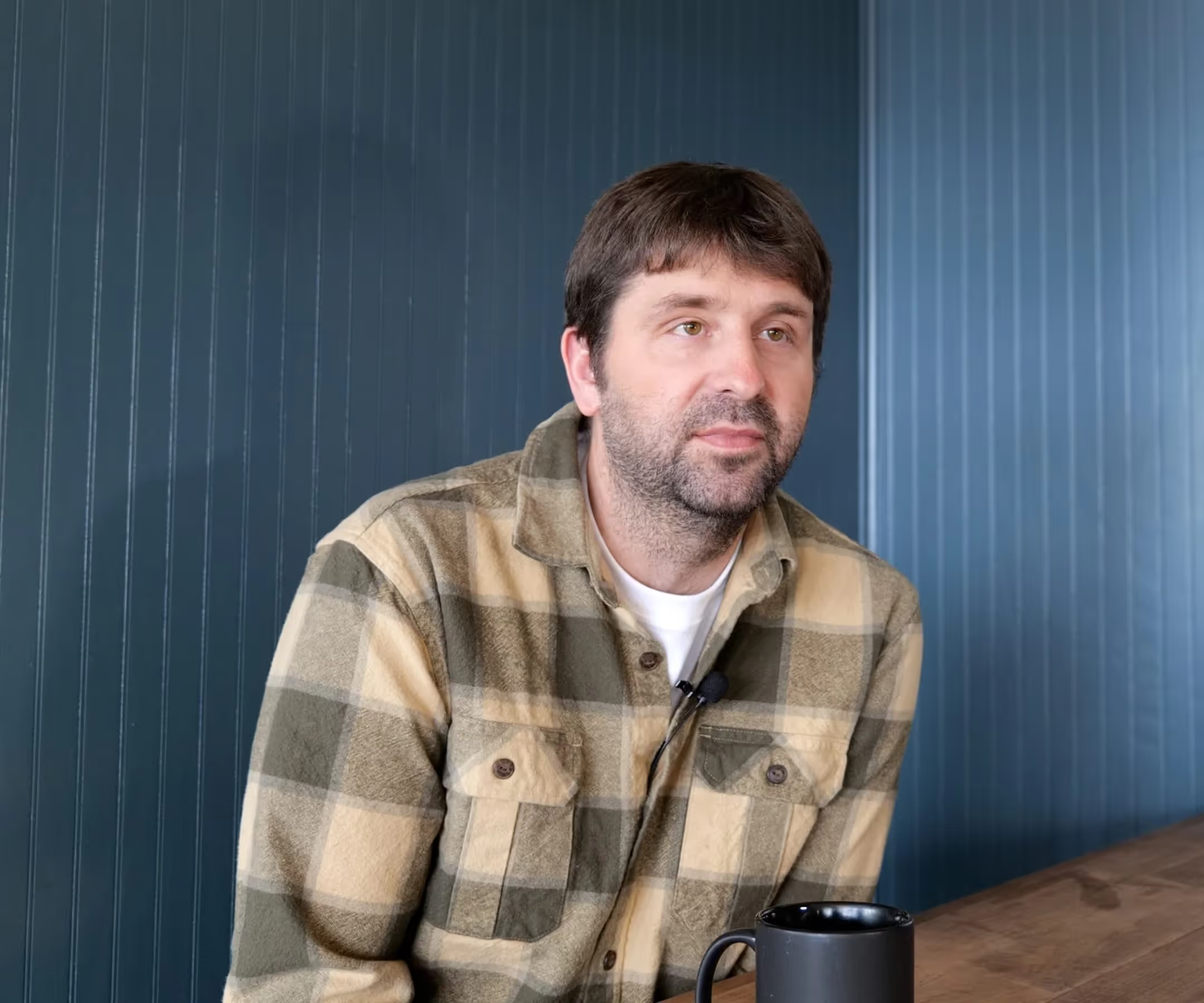
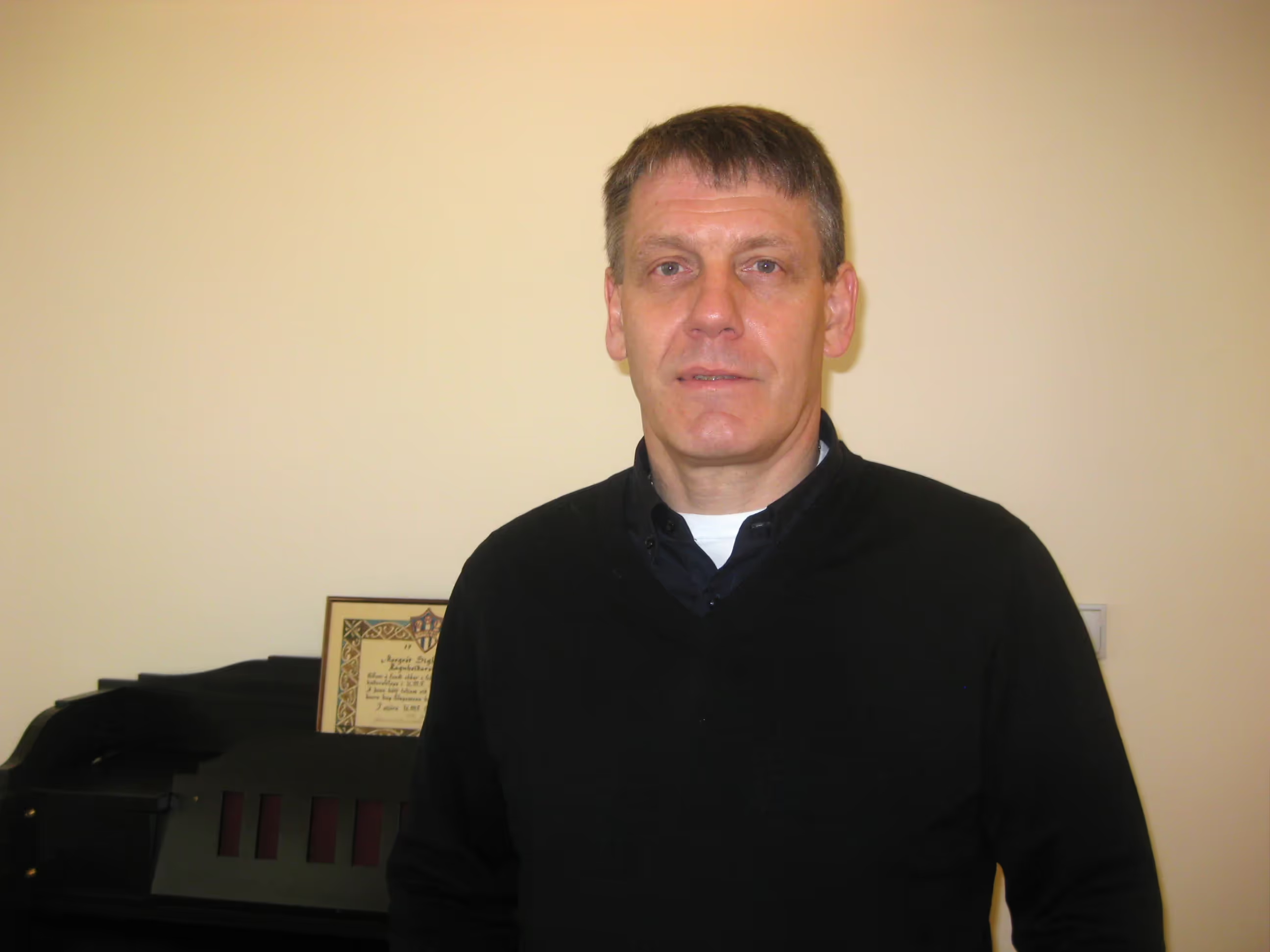
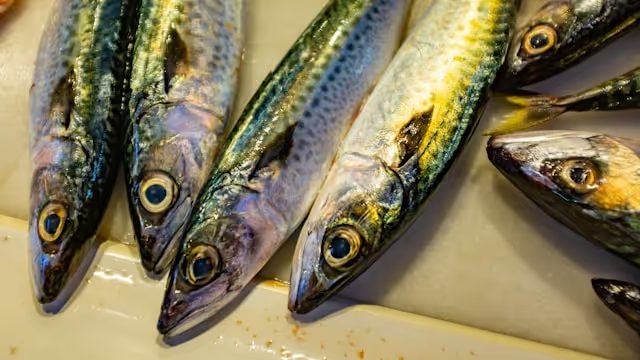
.avif)
